Master Web Design with HTML CSS JavaScript and jQuery Create Stunning Interactive Websites Frahaan Hussain Master Web Design with HTML CSS JavaScript and jQuery Create Stunning Interactive Websites Frahaan Hussain Master Web Design with HTML CSS JavaScript and jQuery Create Stunning Interactive Websites Frahaan Hussain
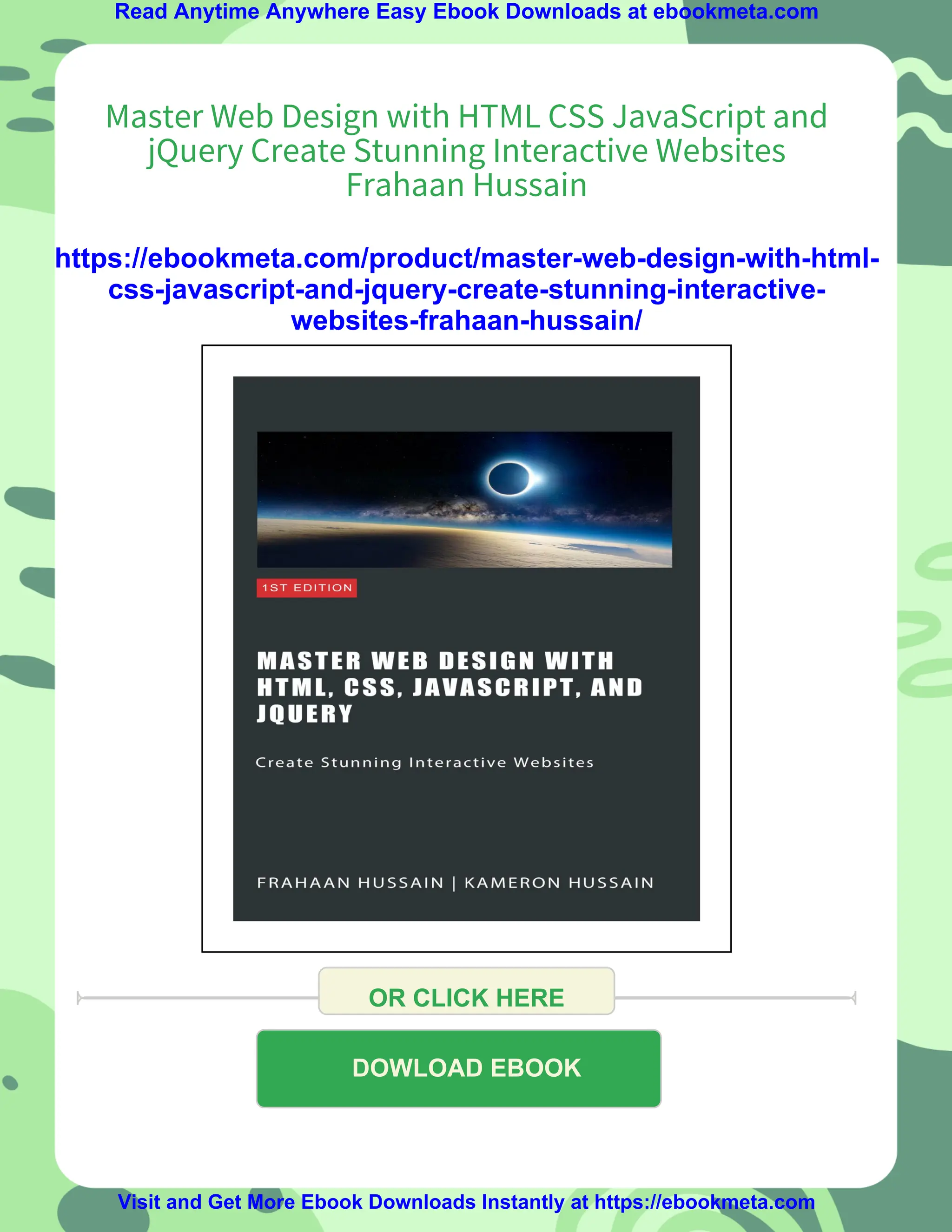
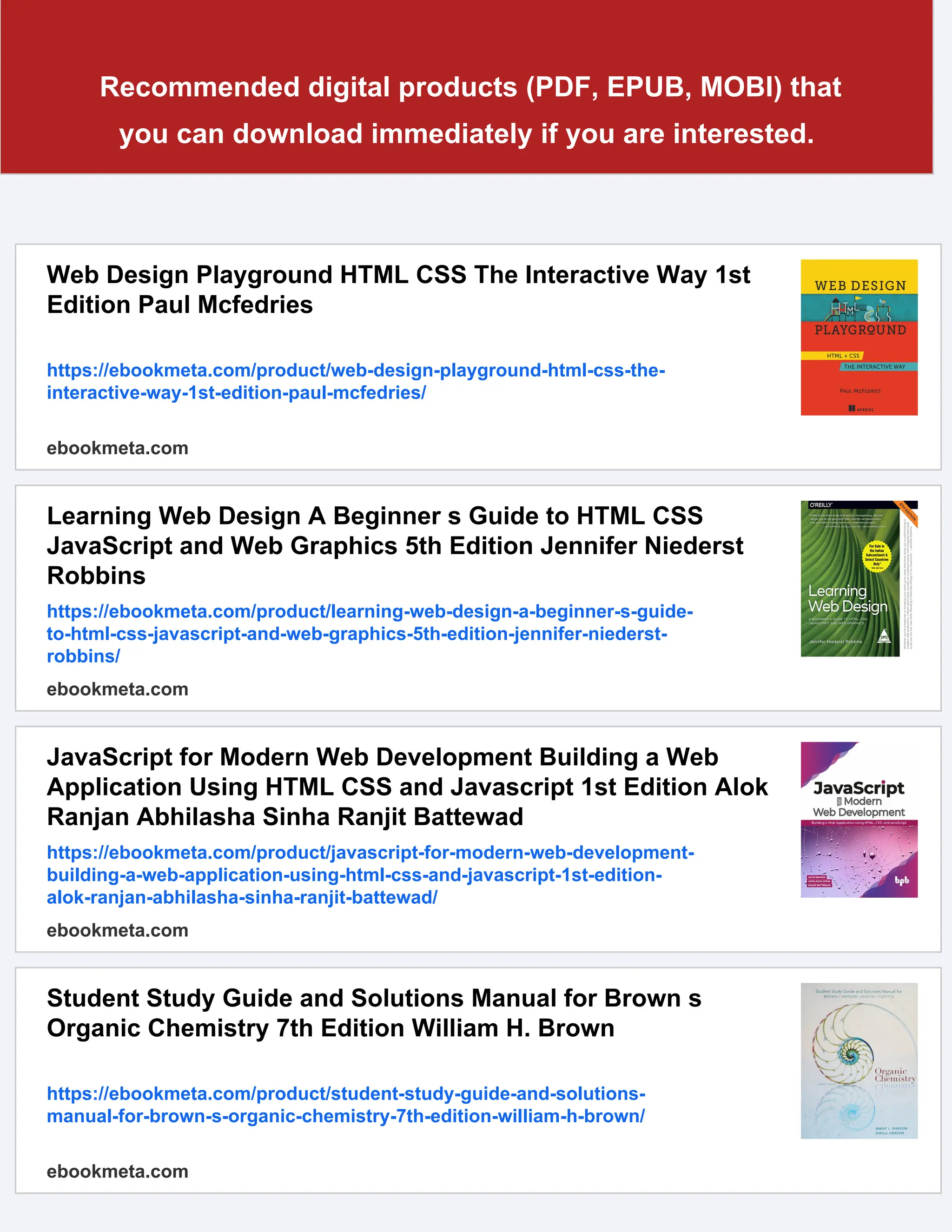
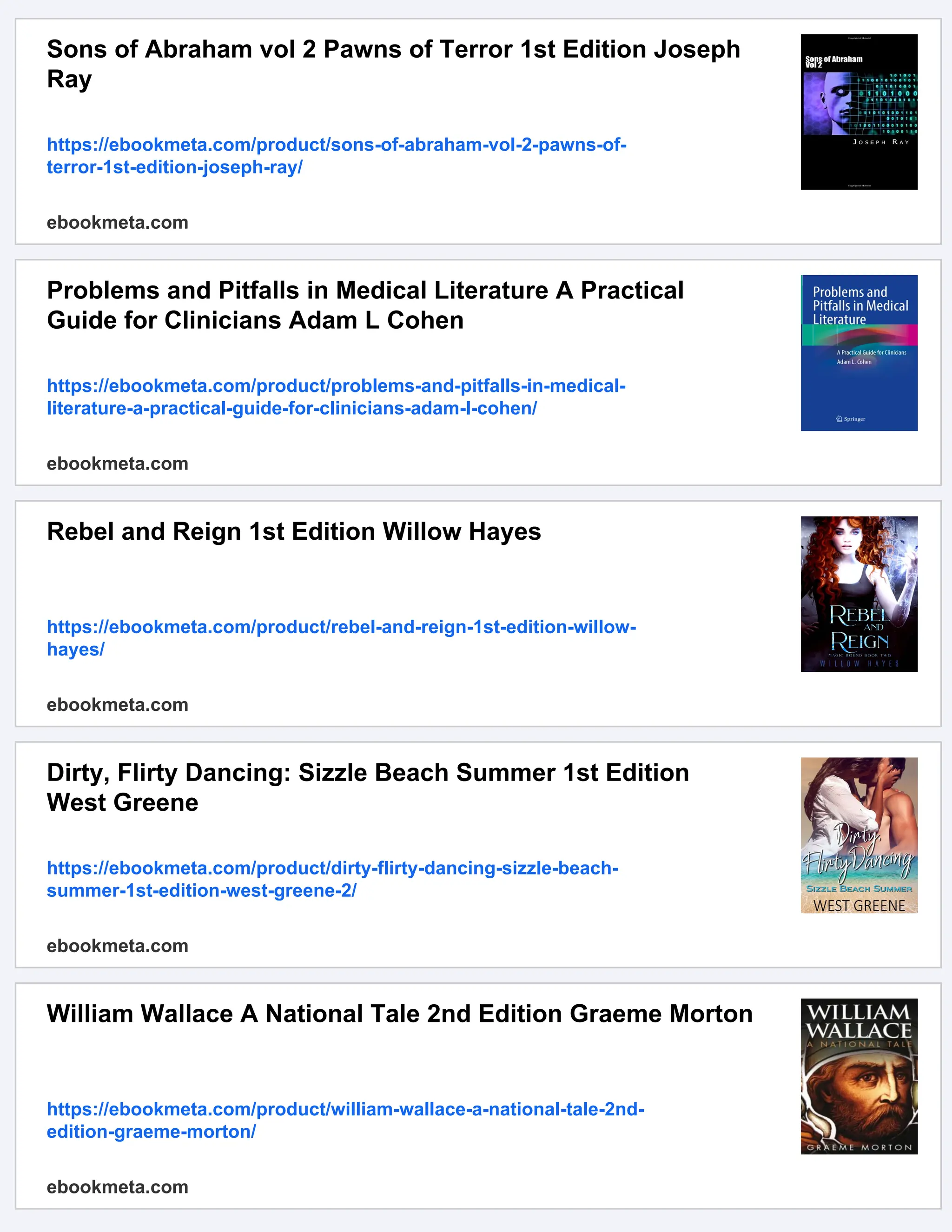
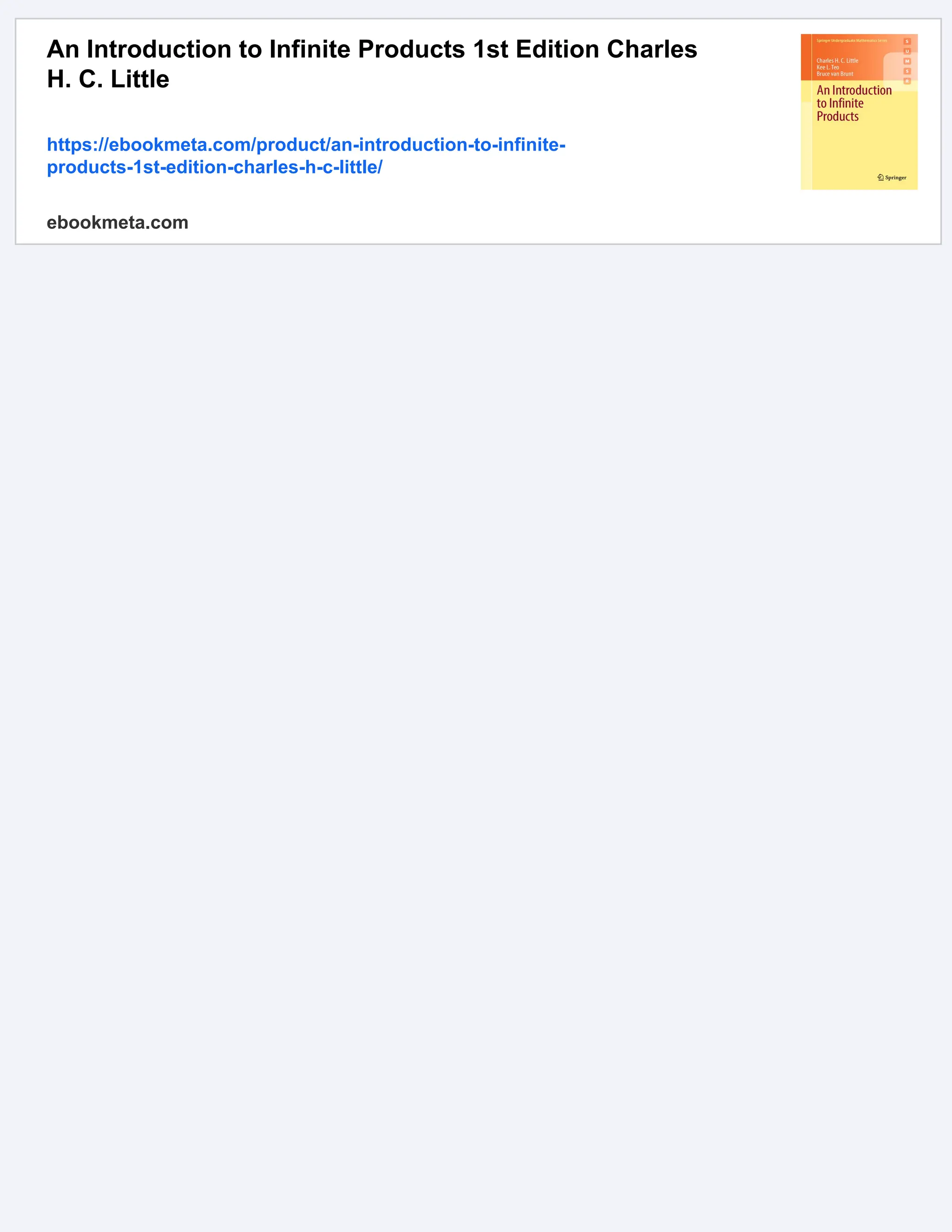
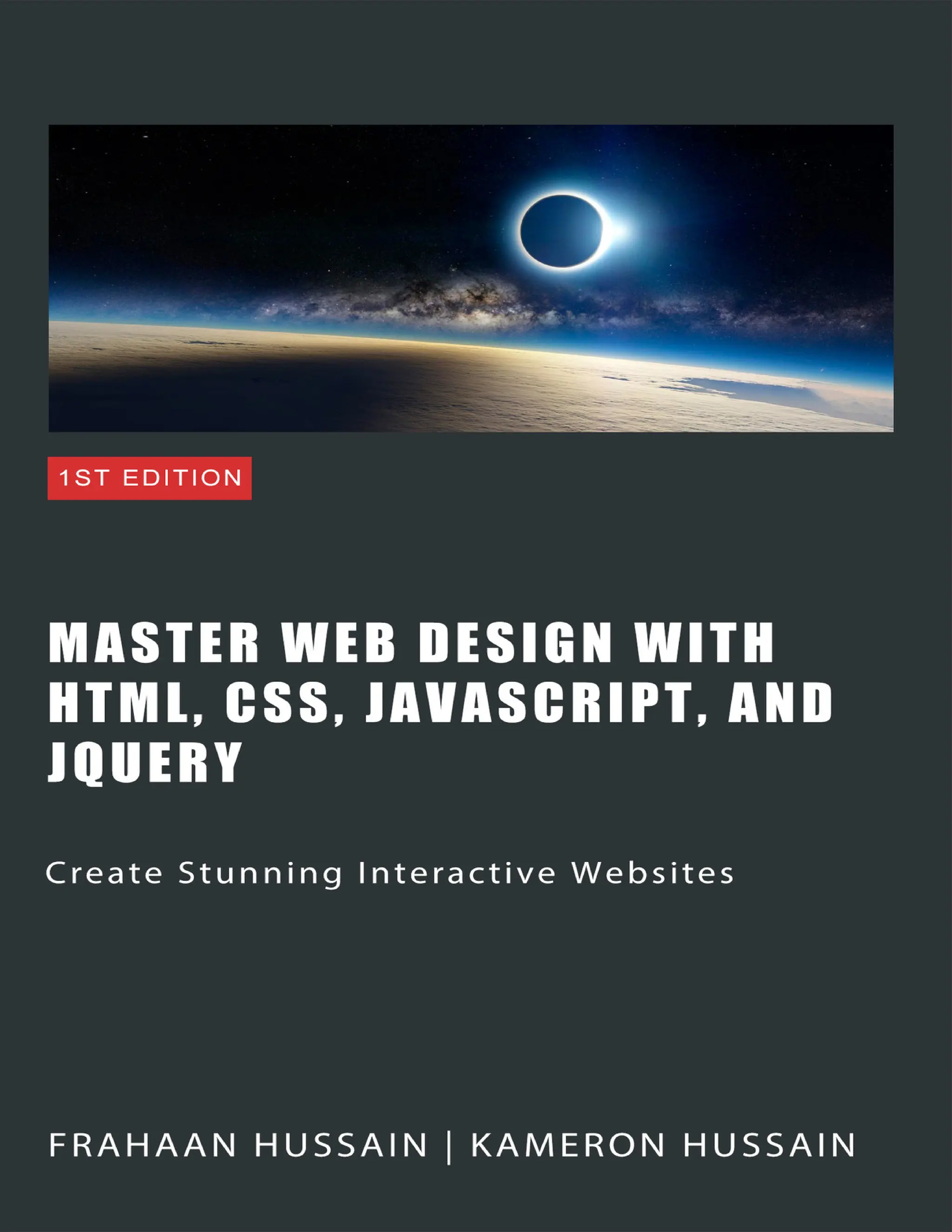
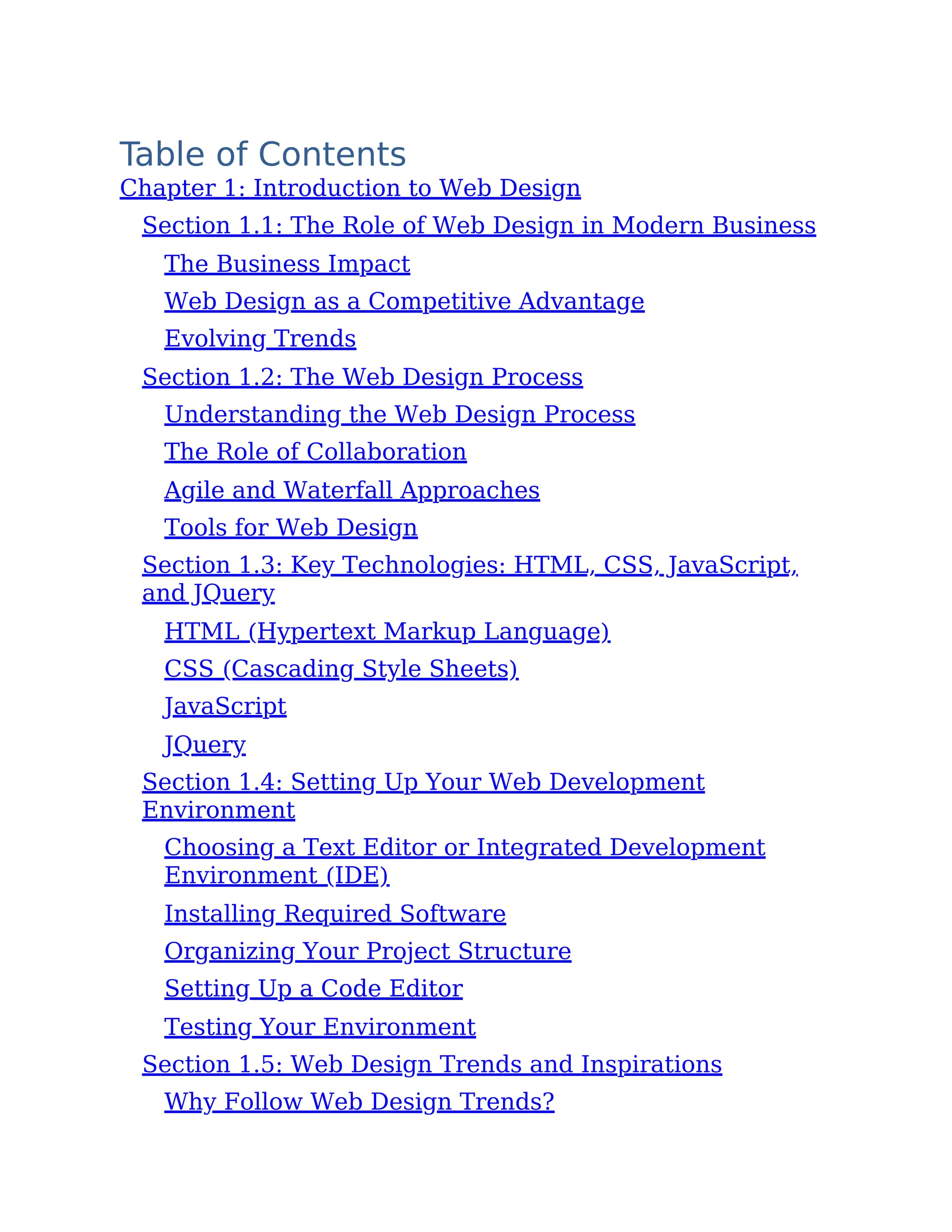
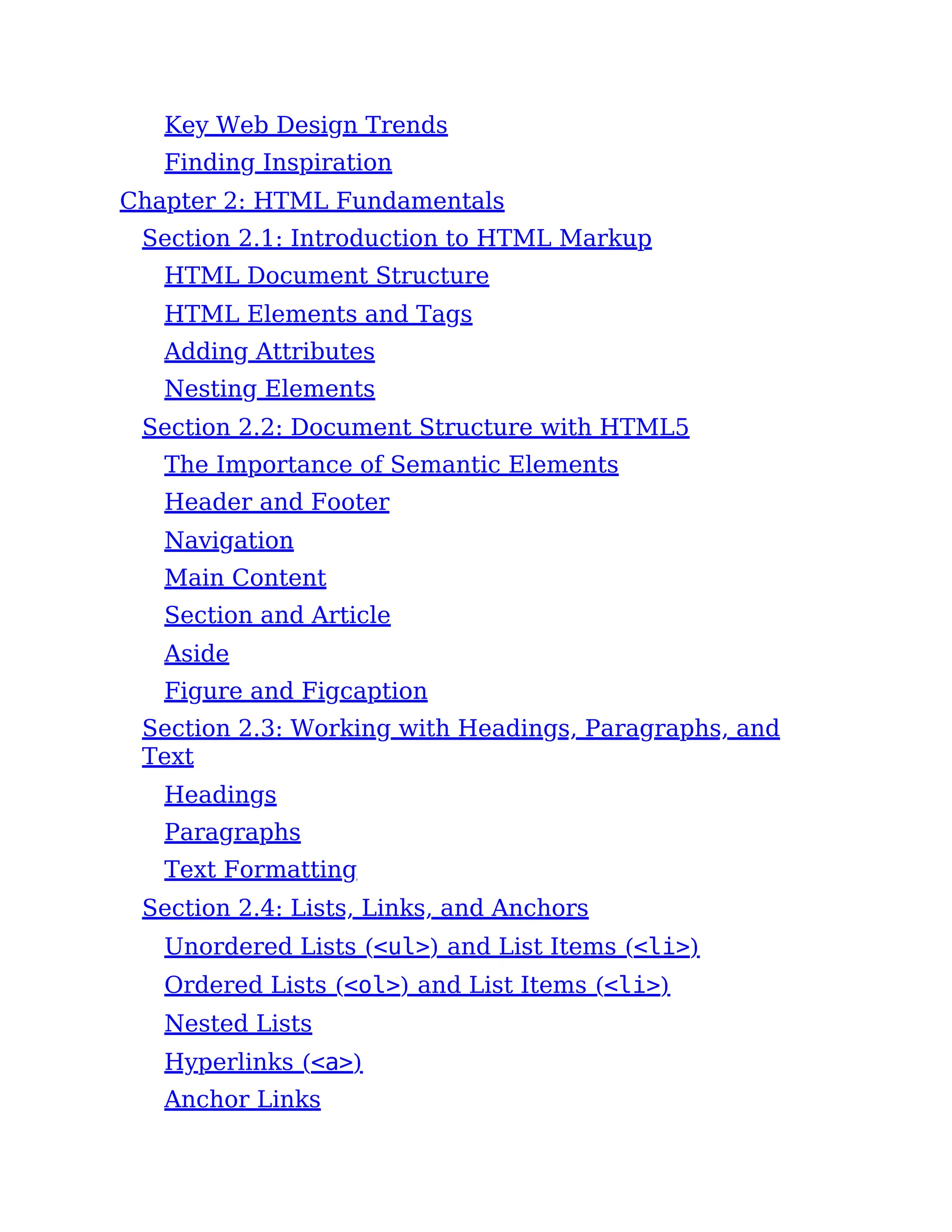
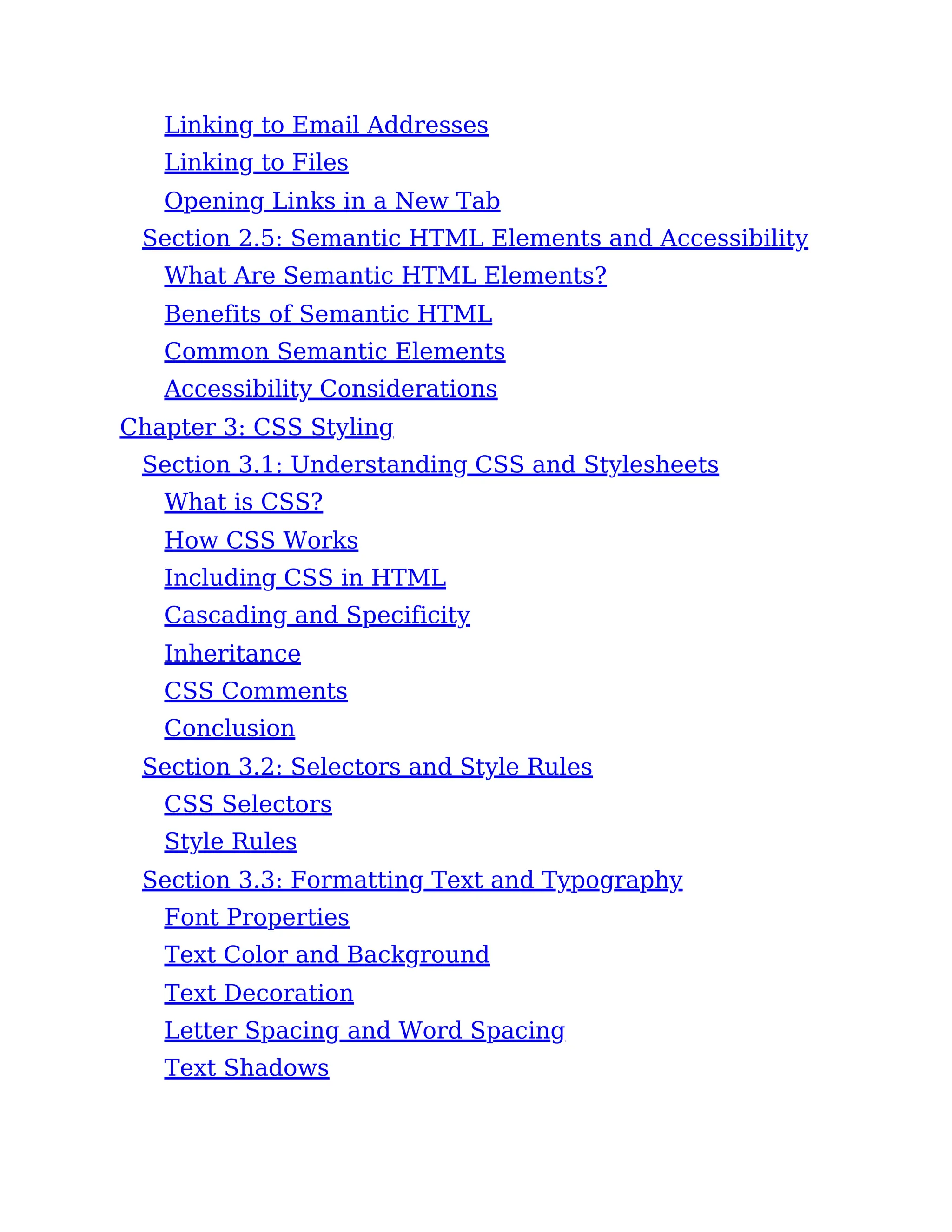
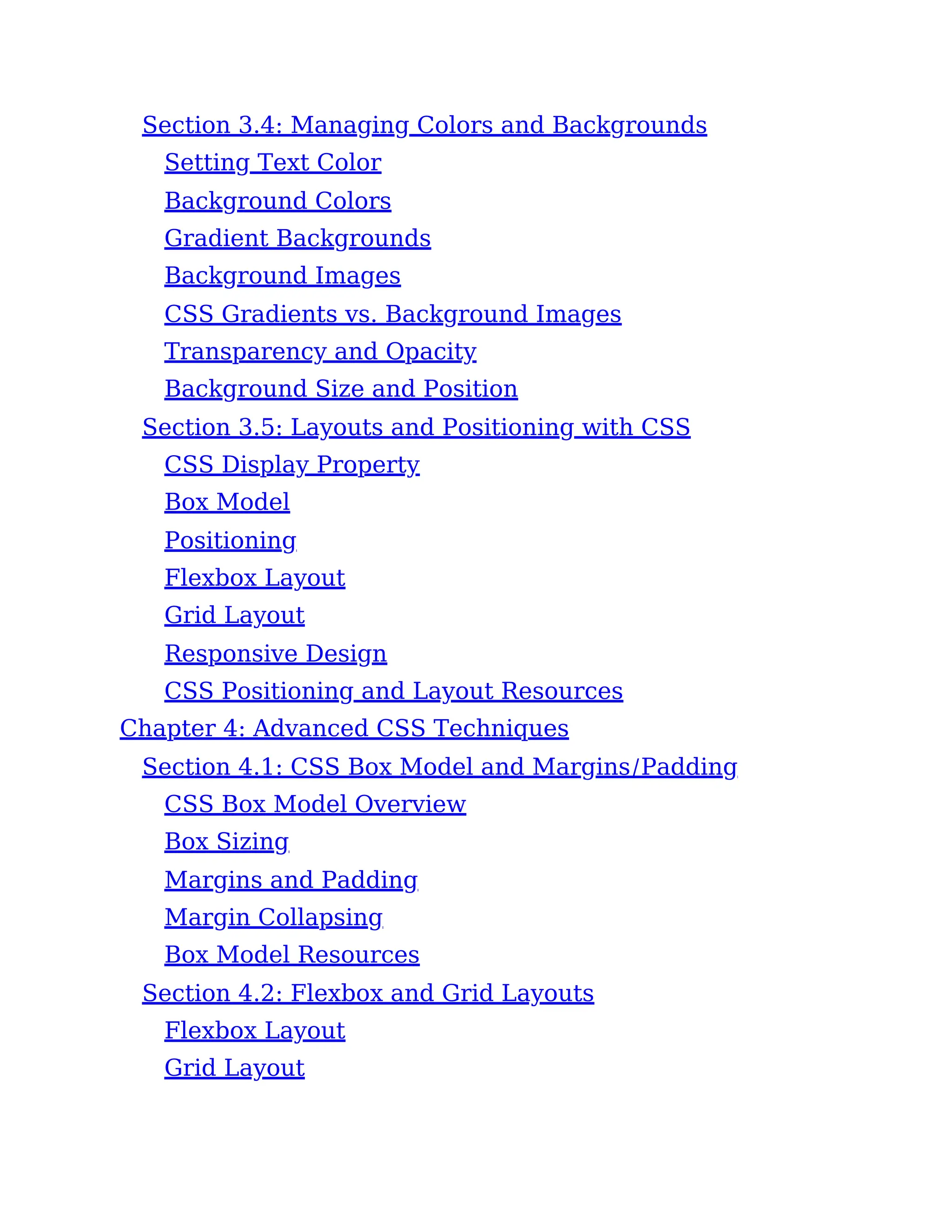
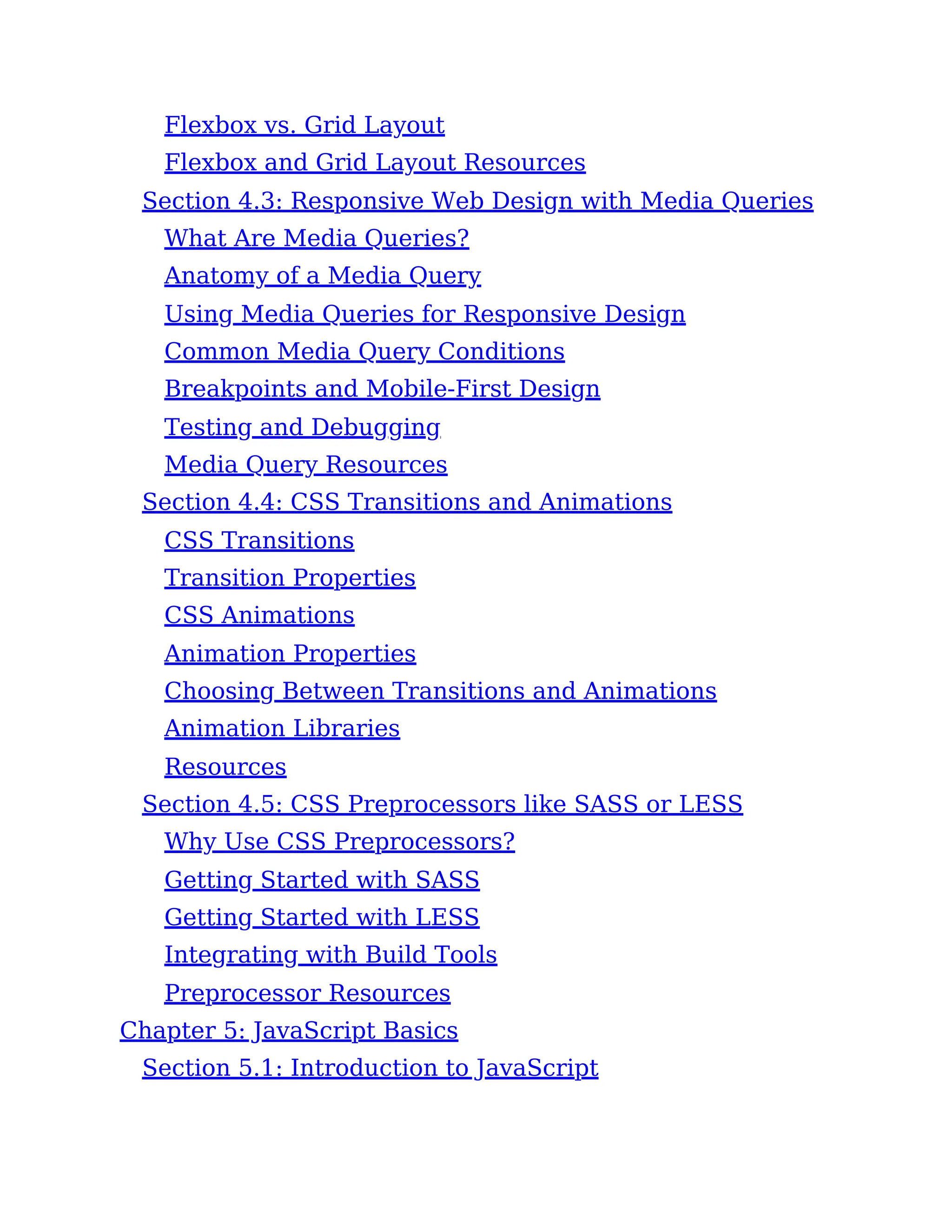
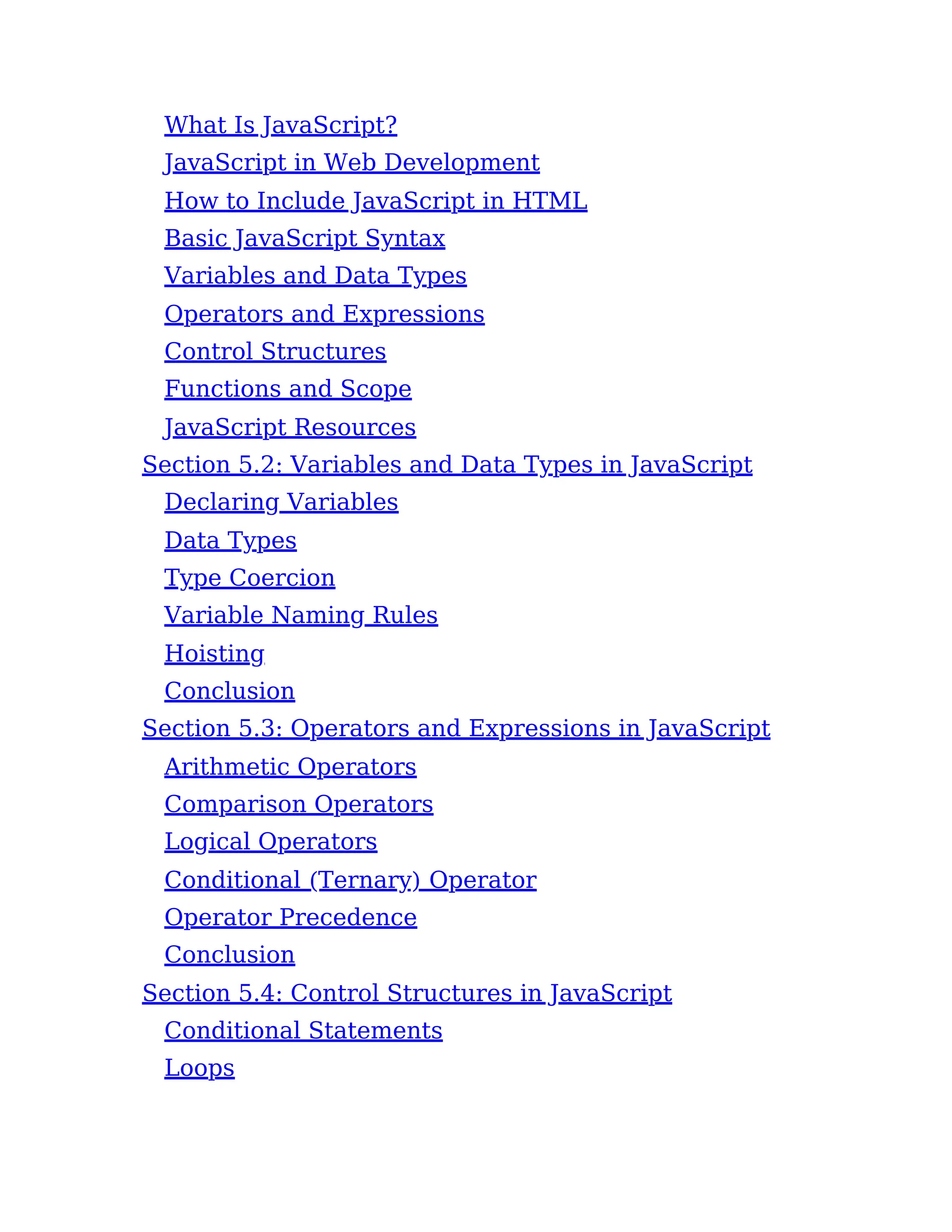
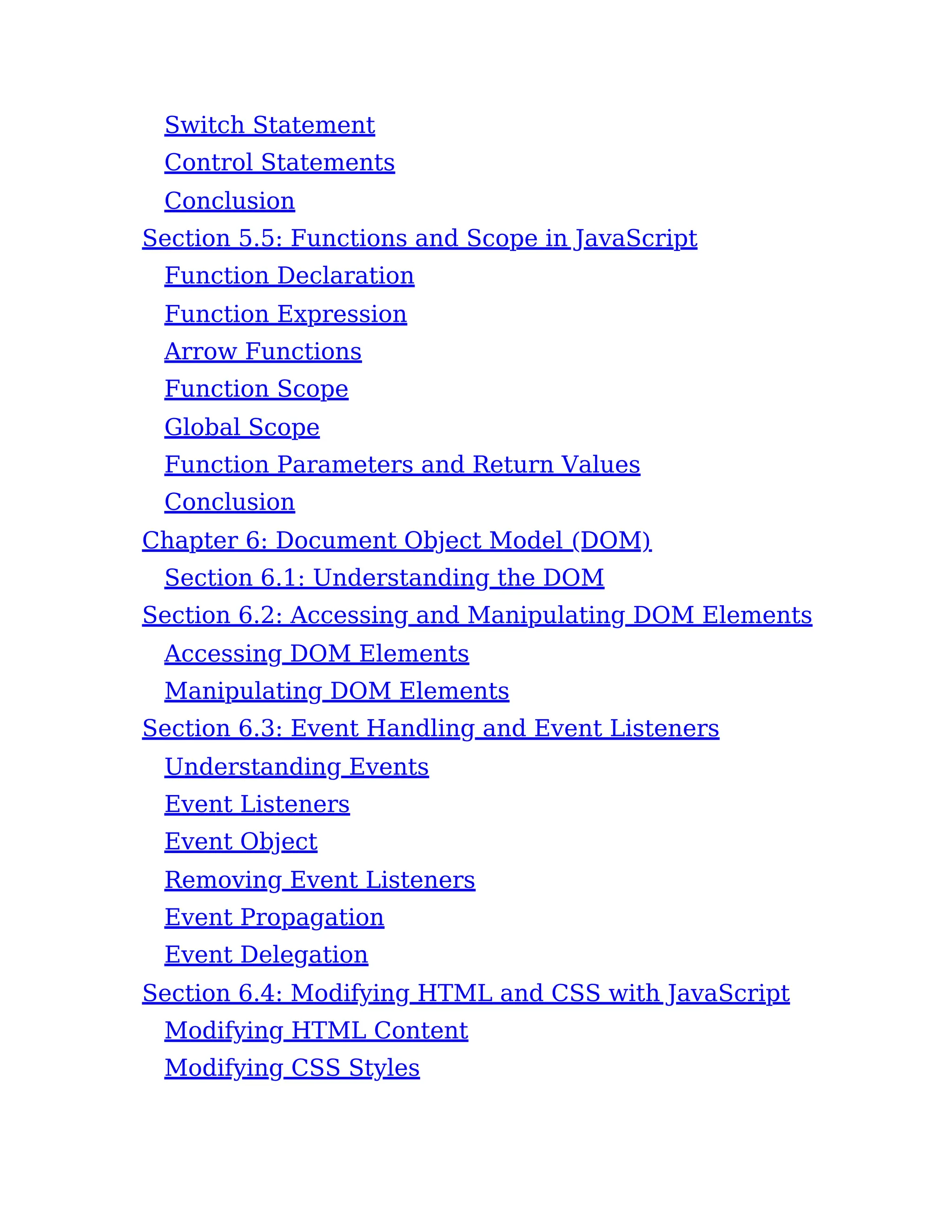
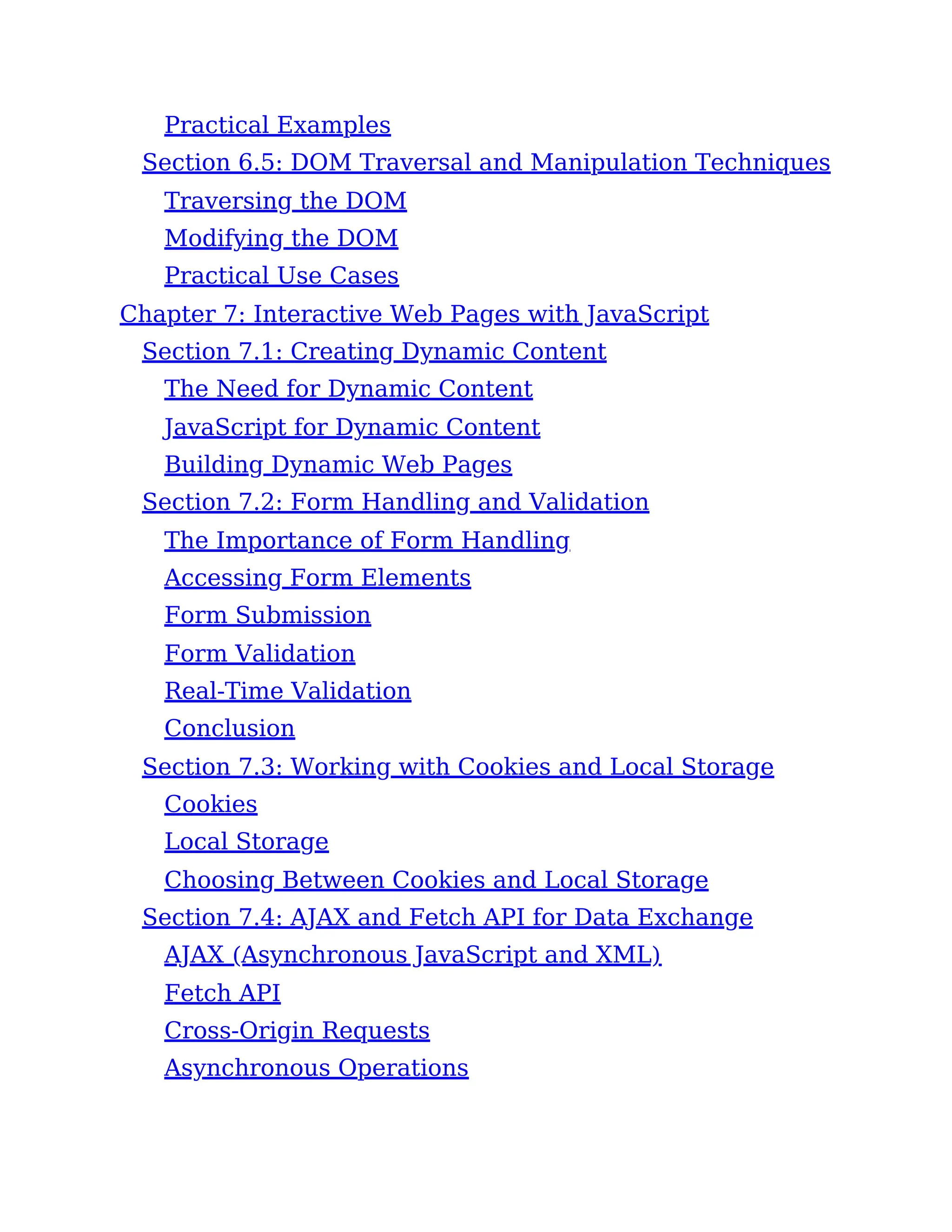
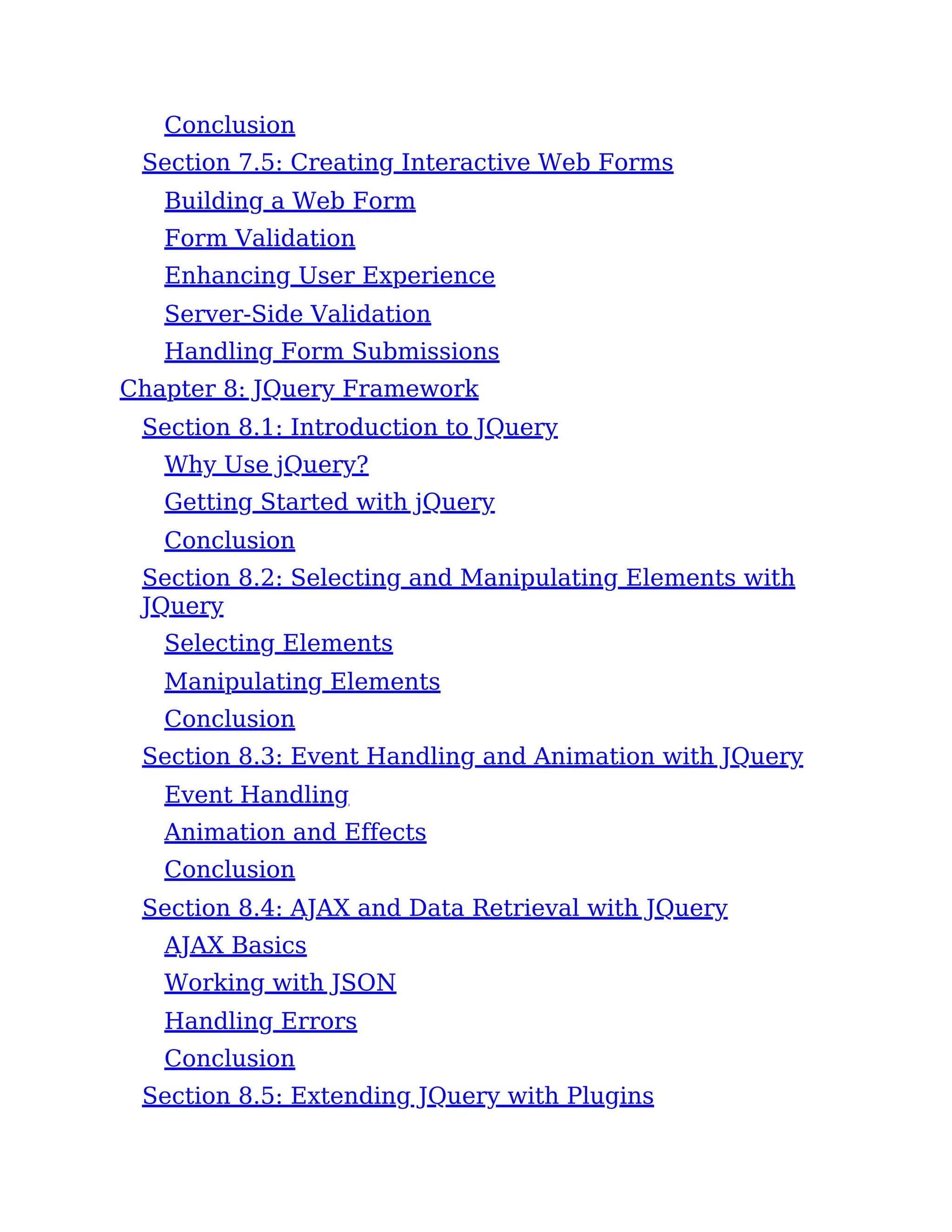
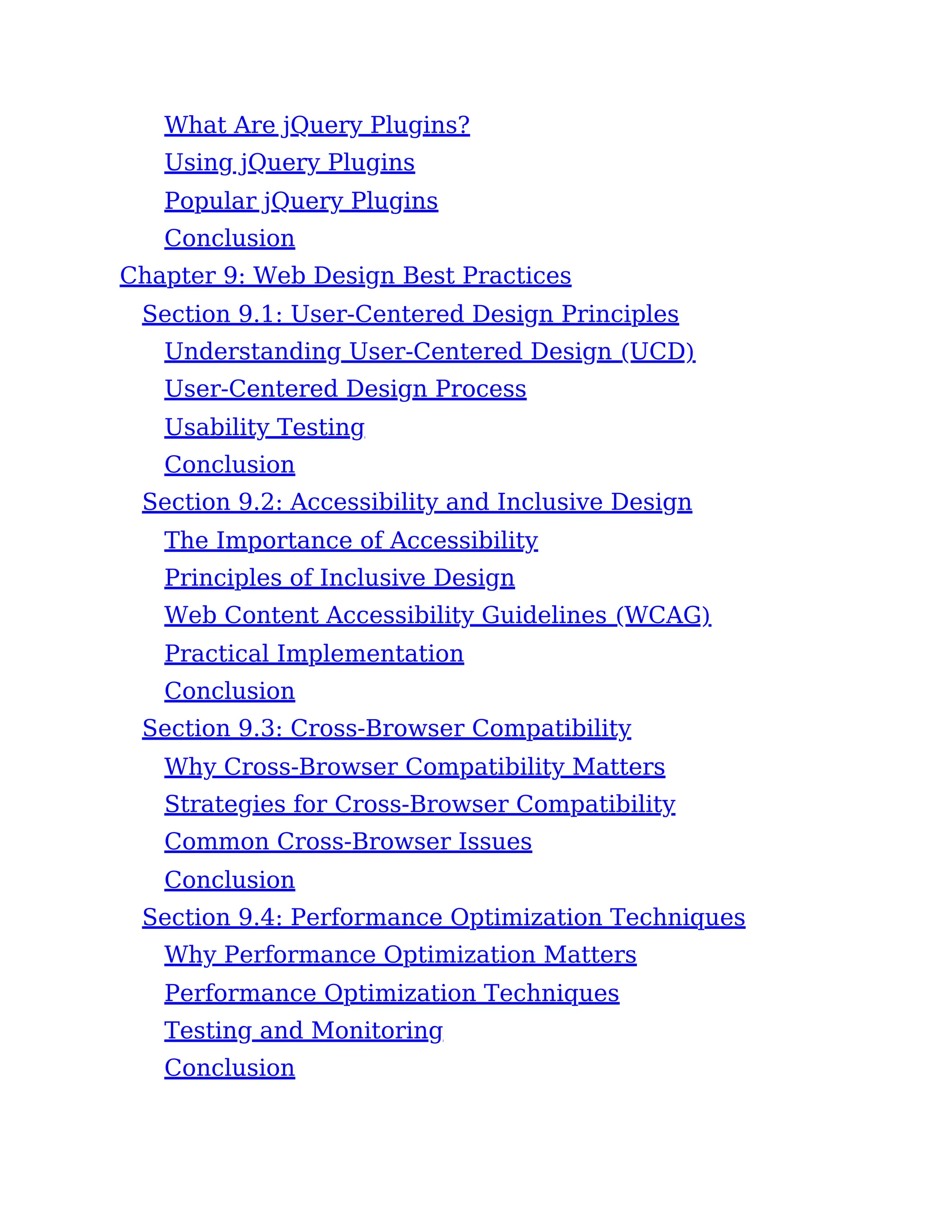
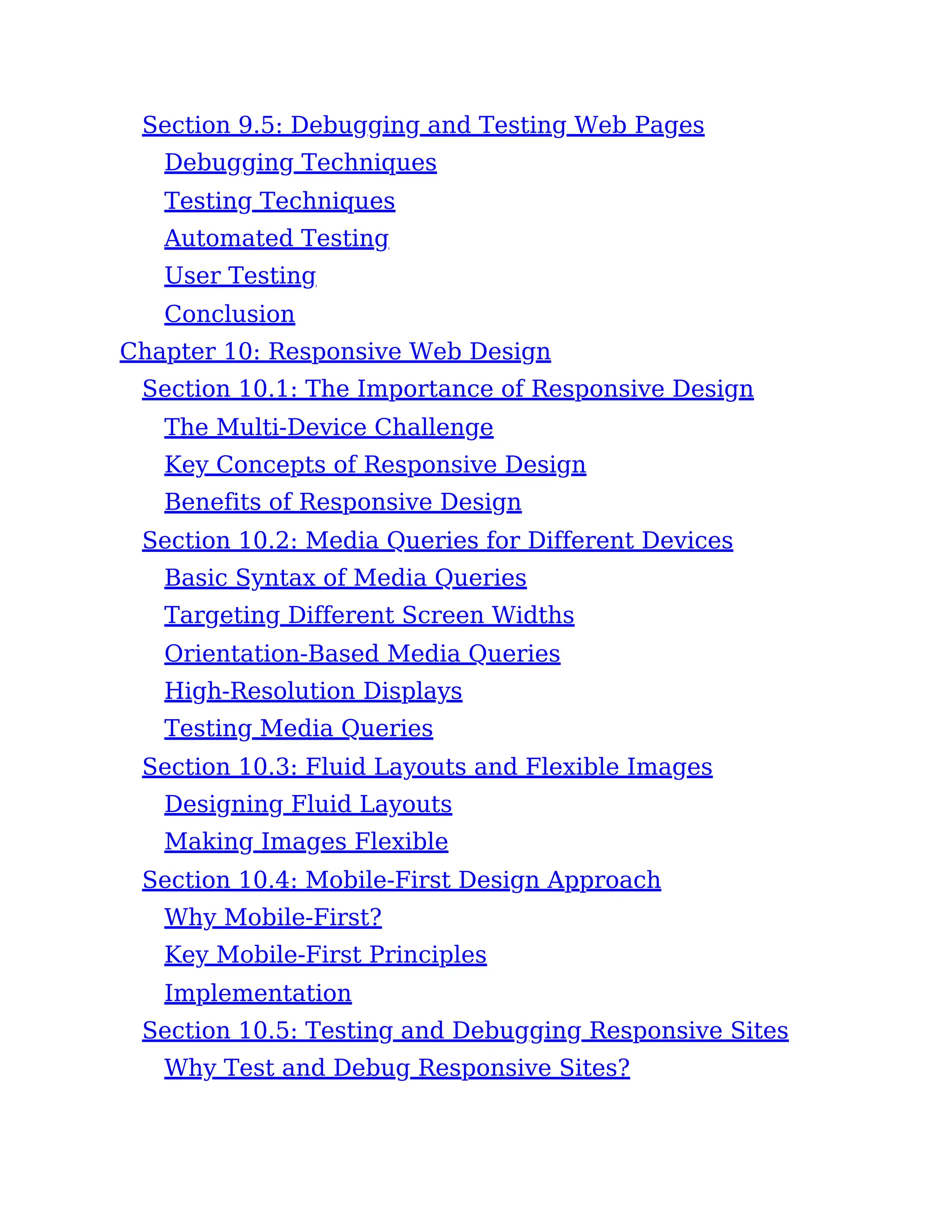
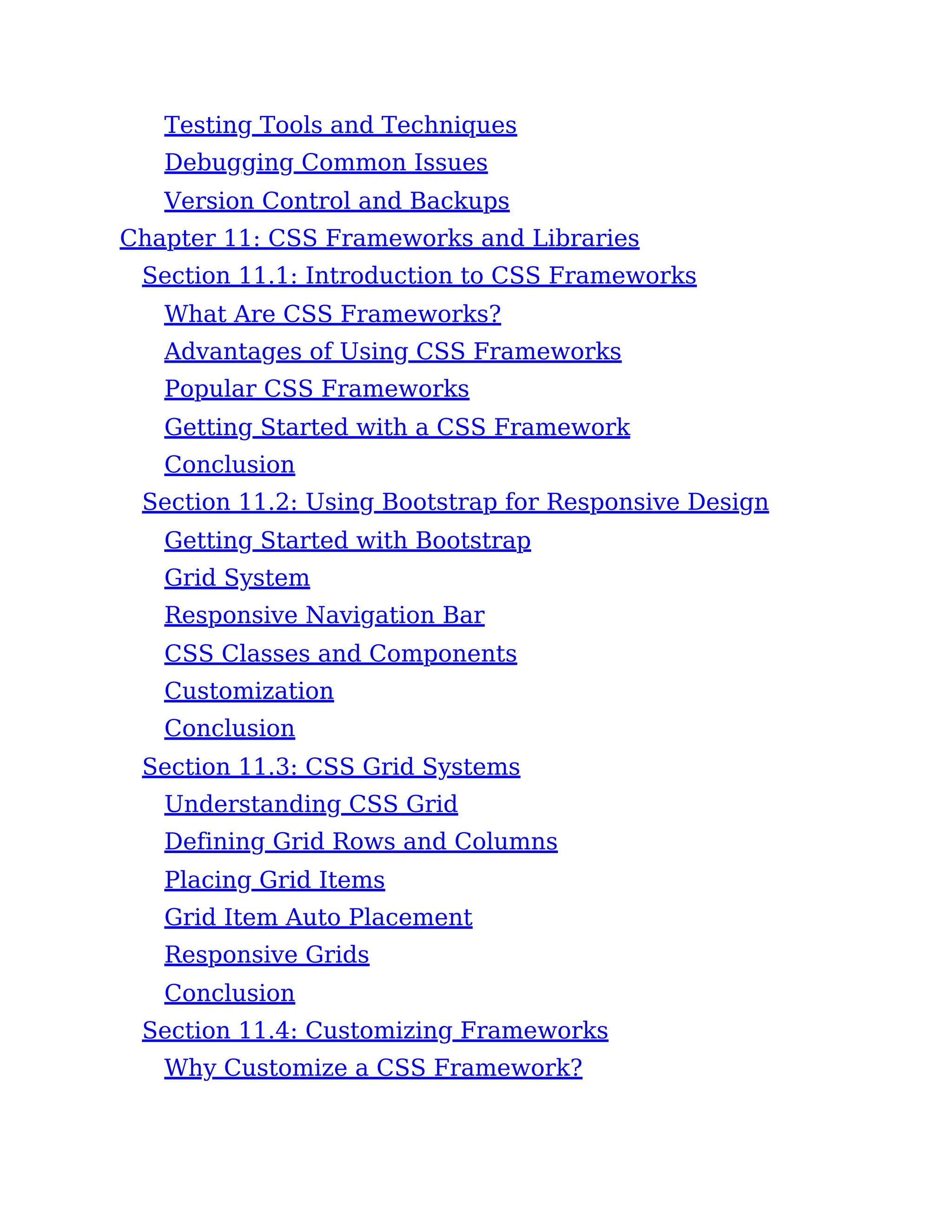
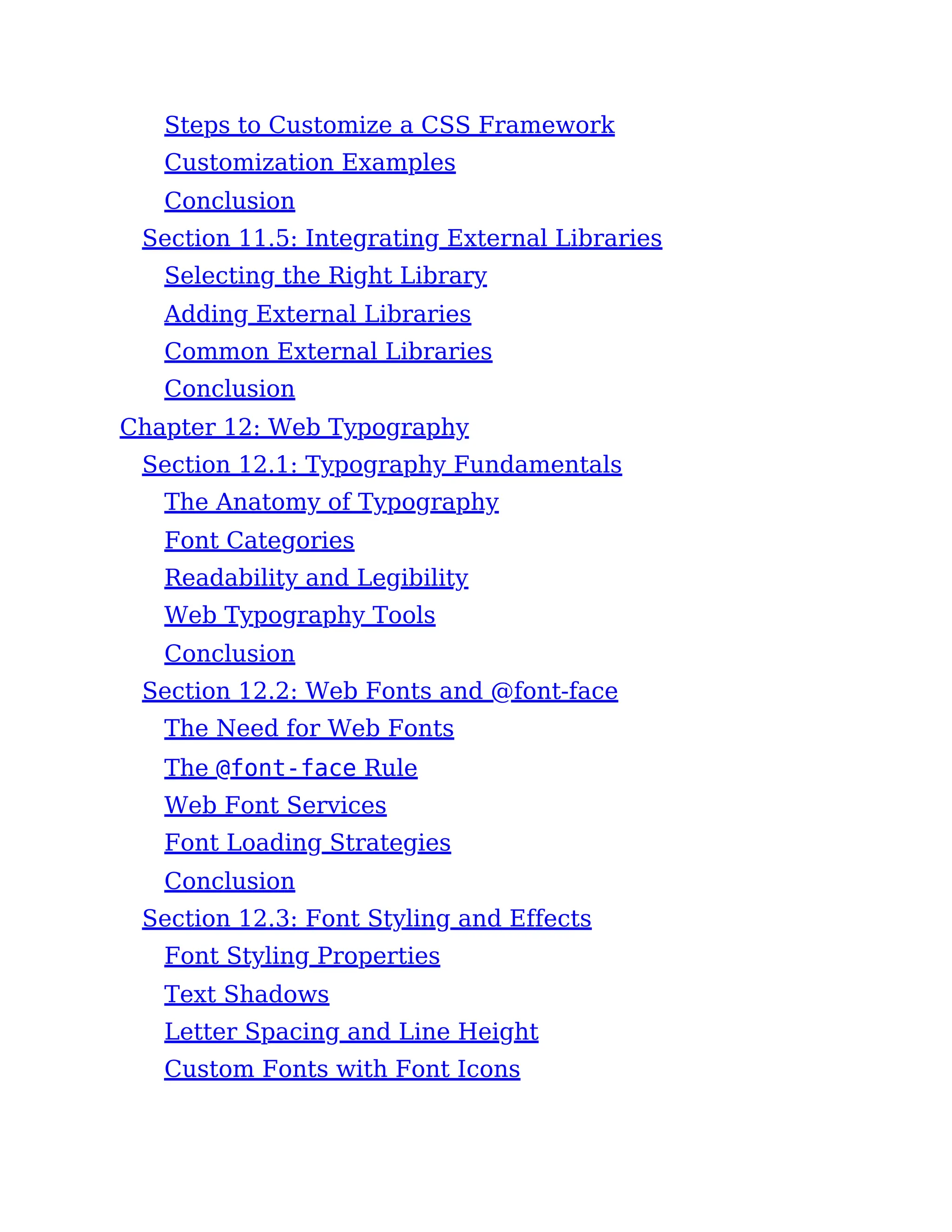
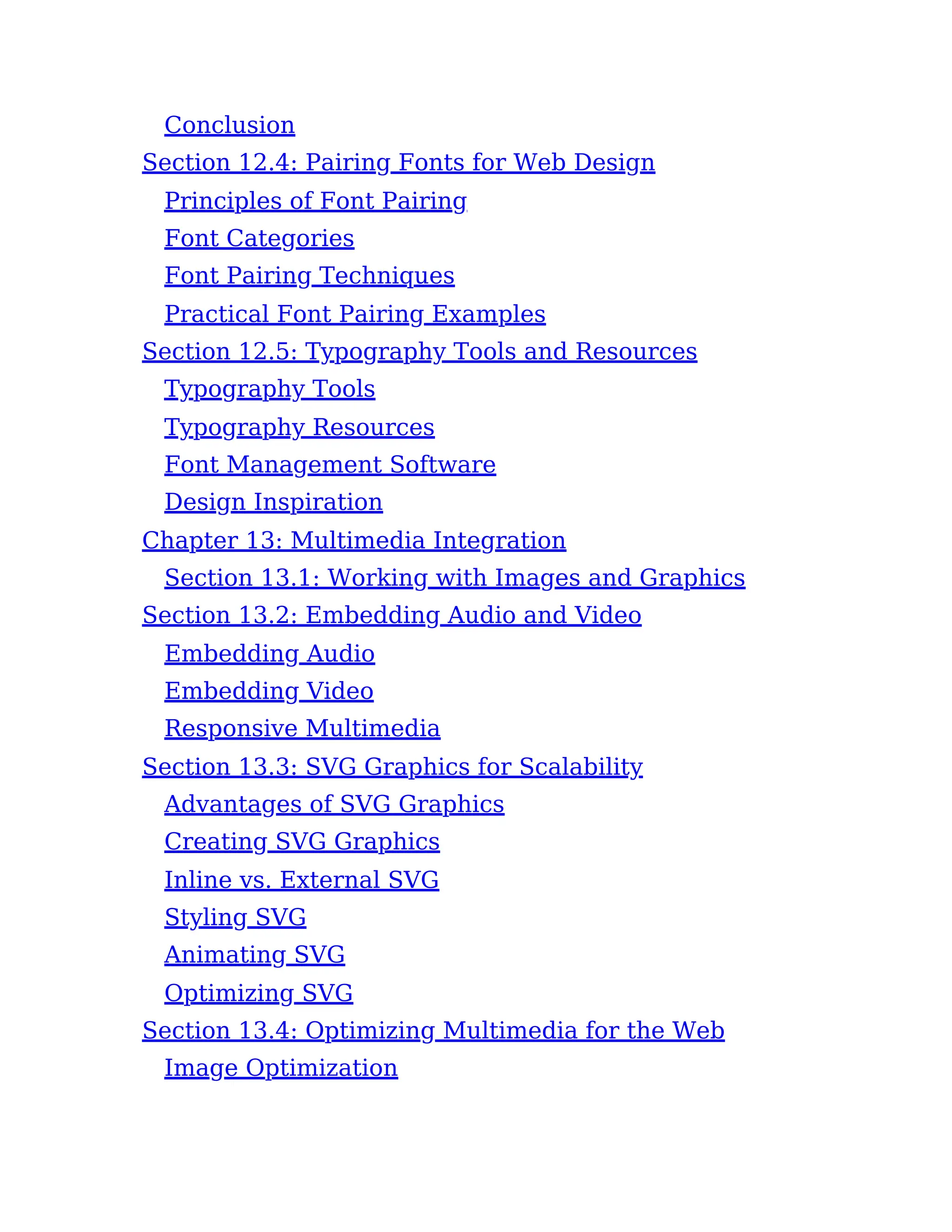
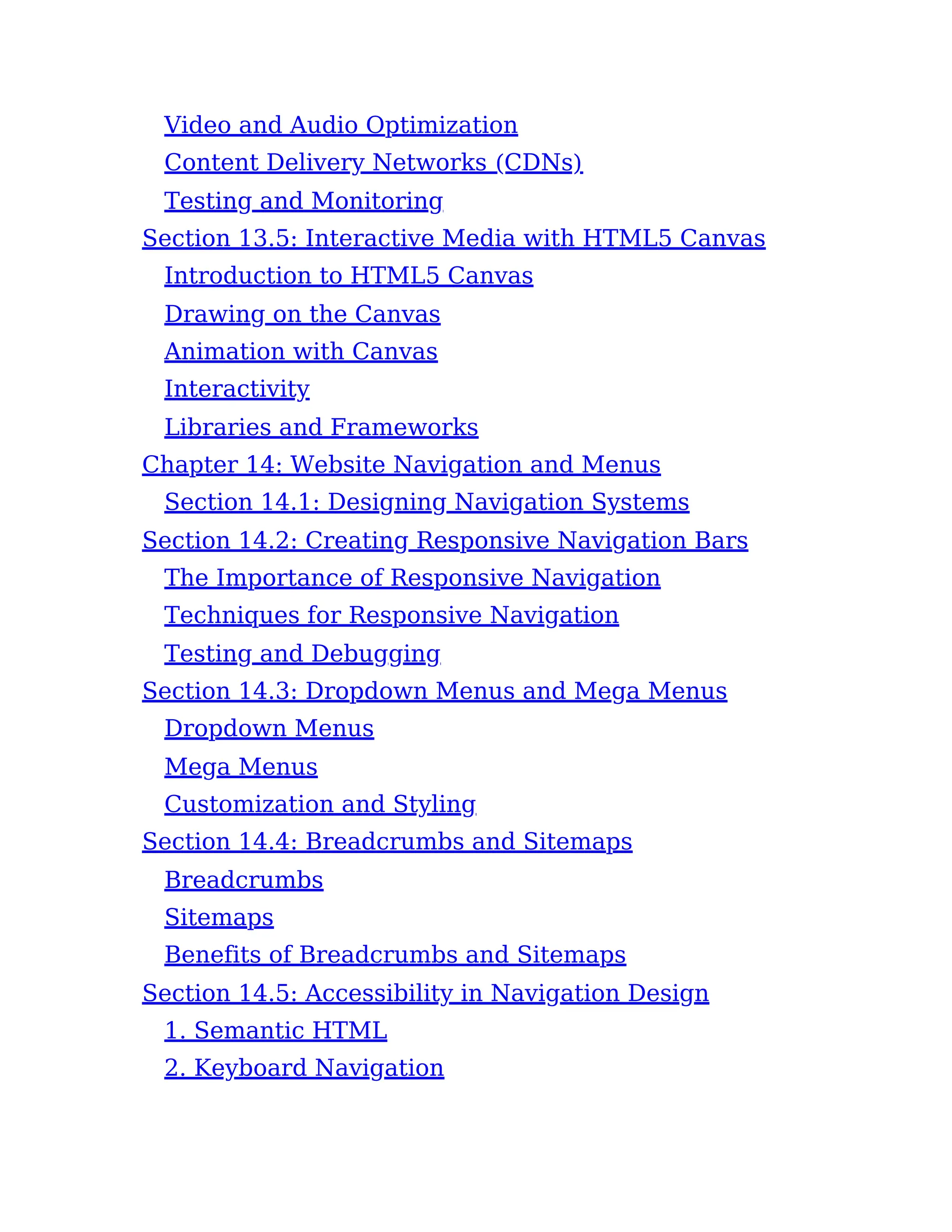
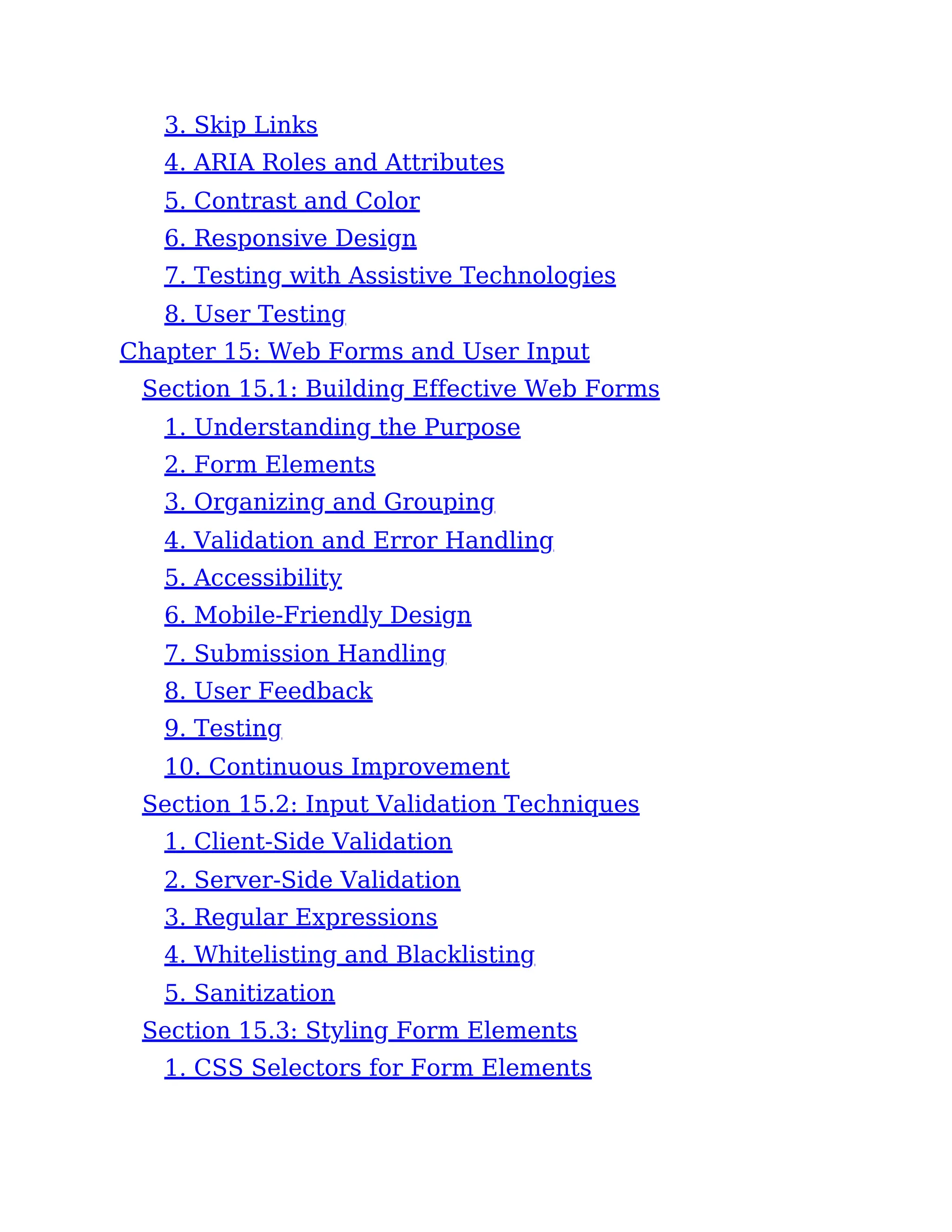
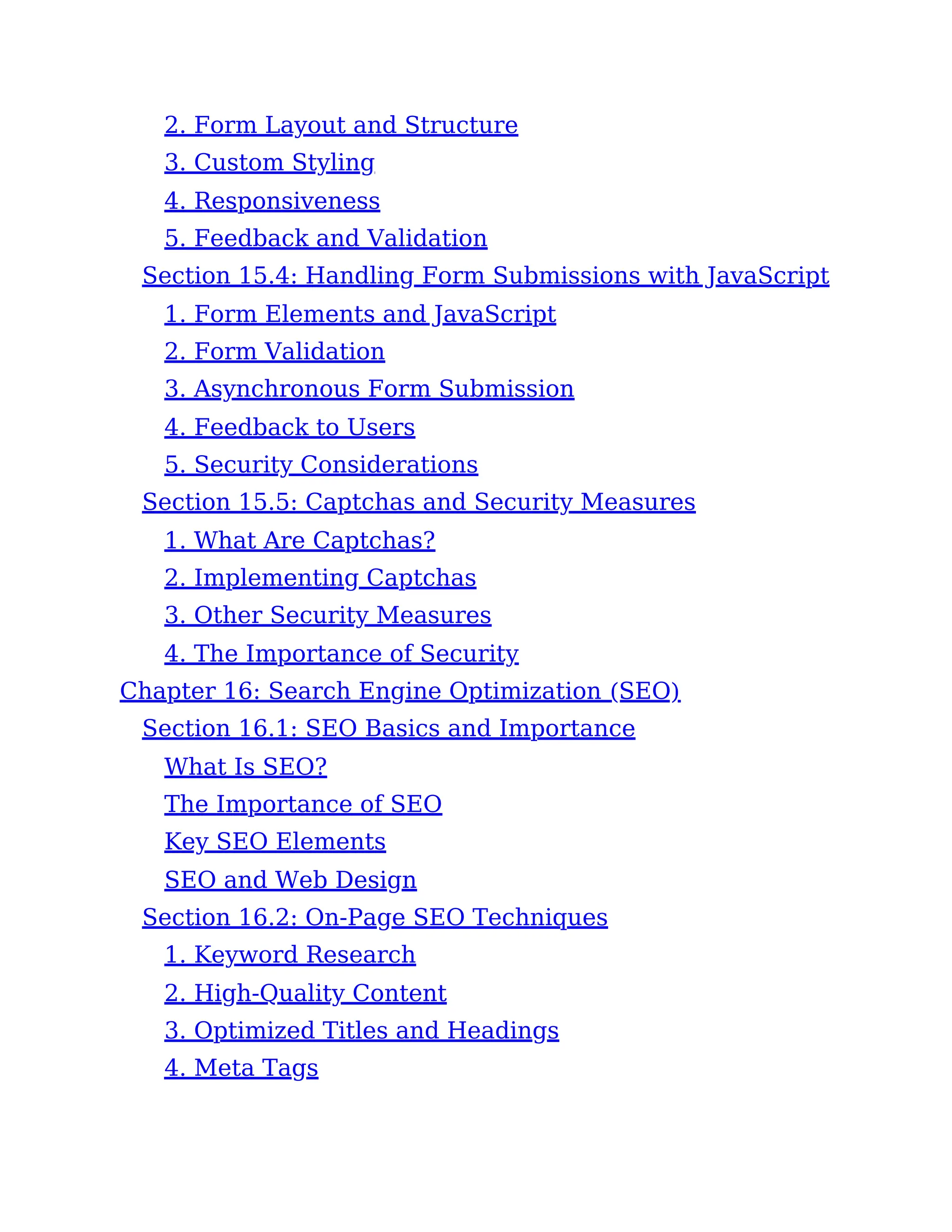
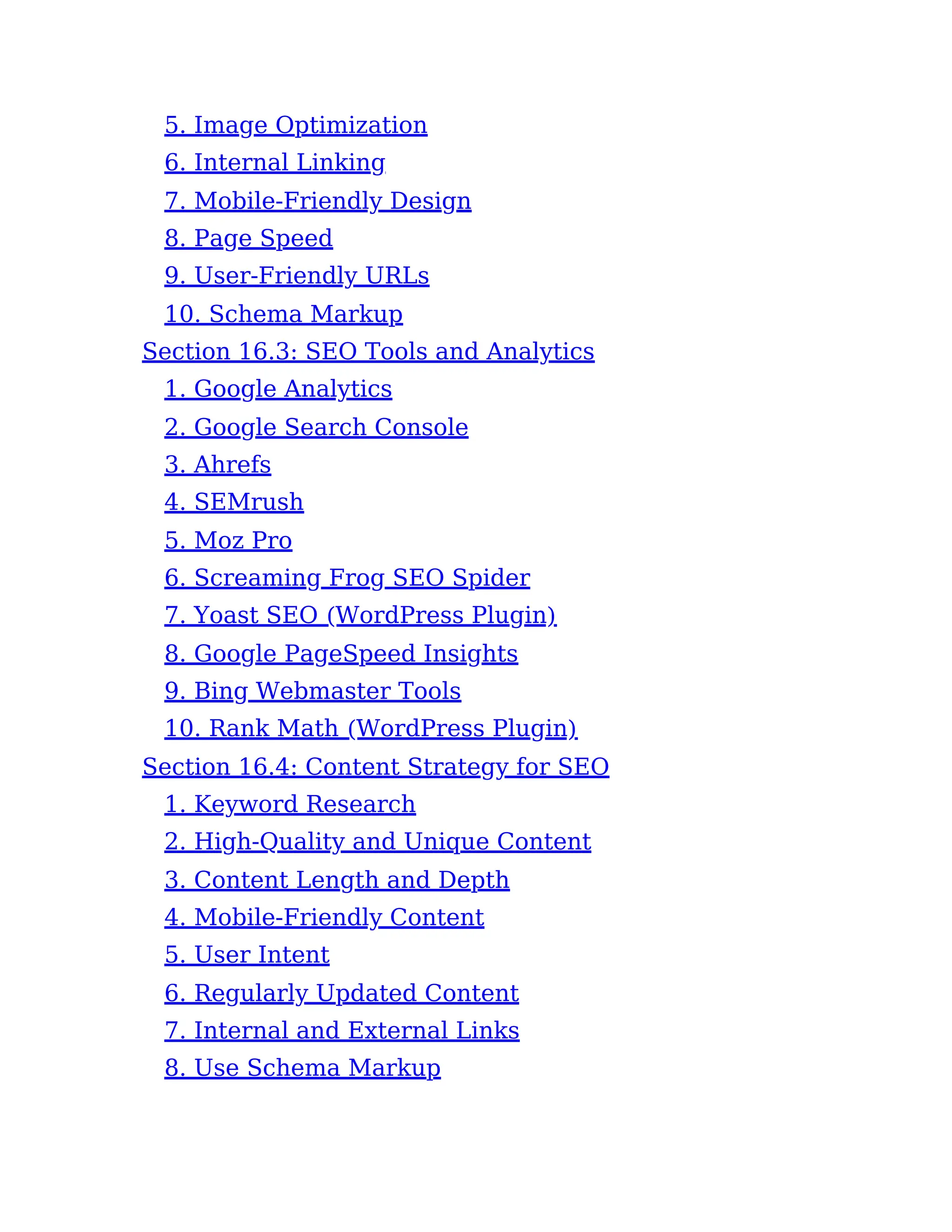
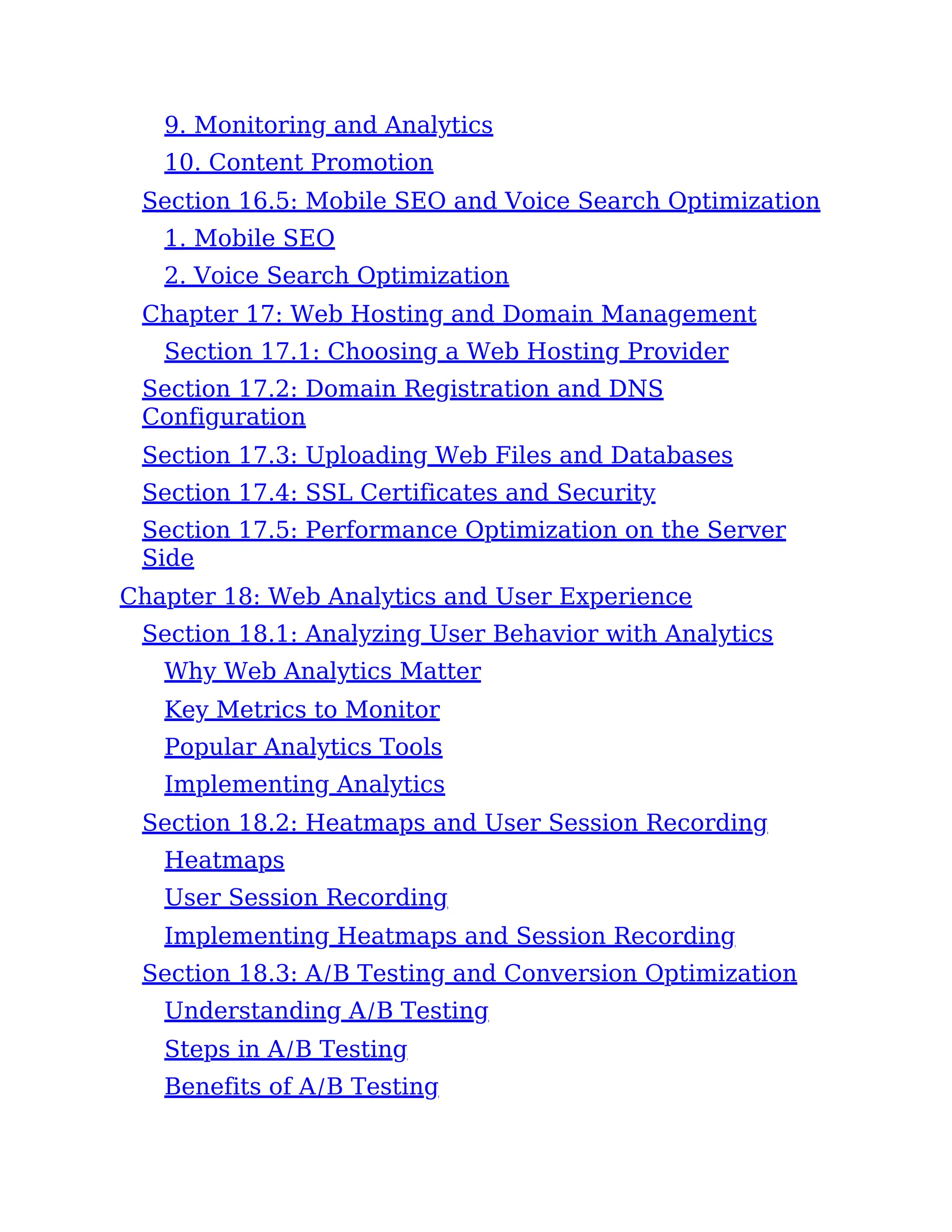
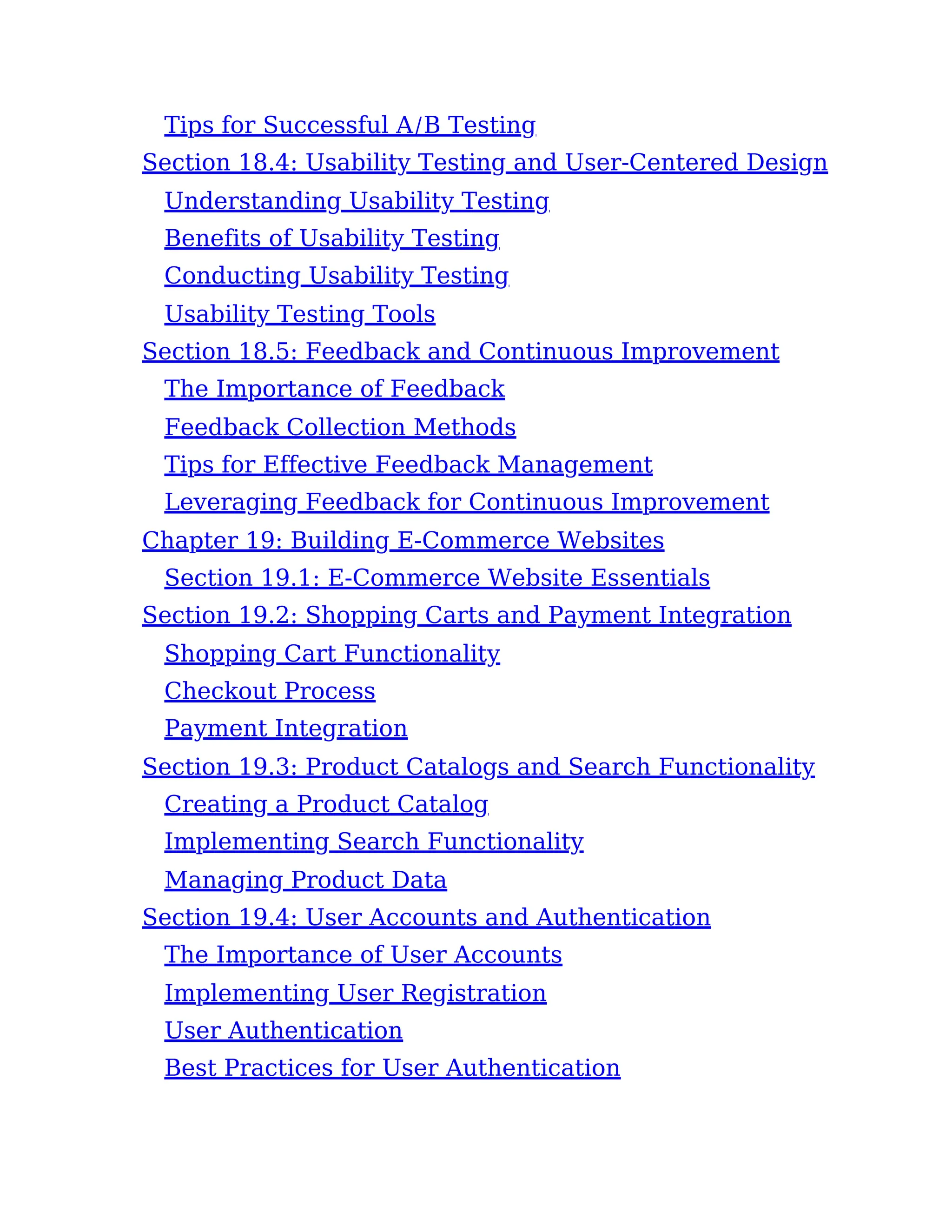
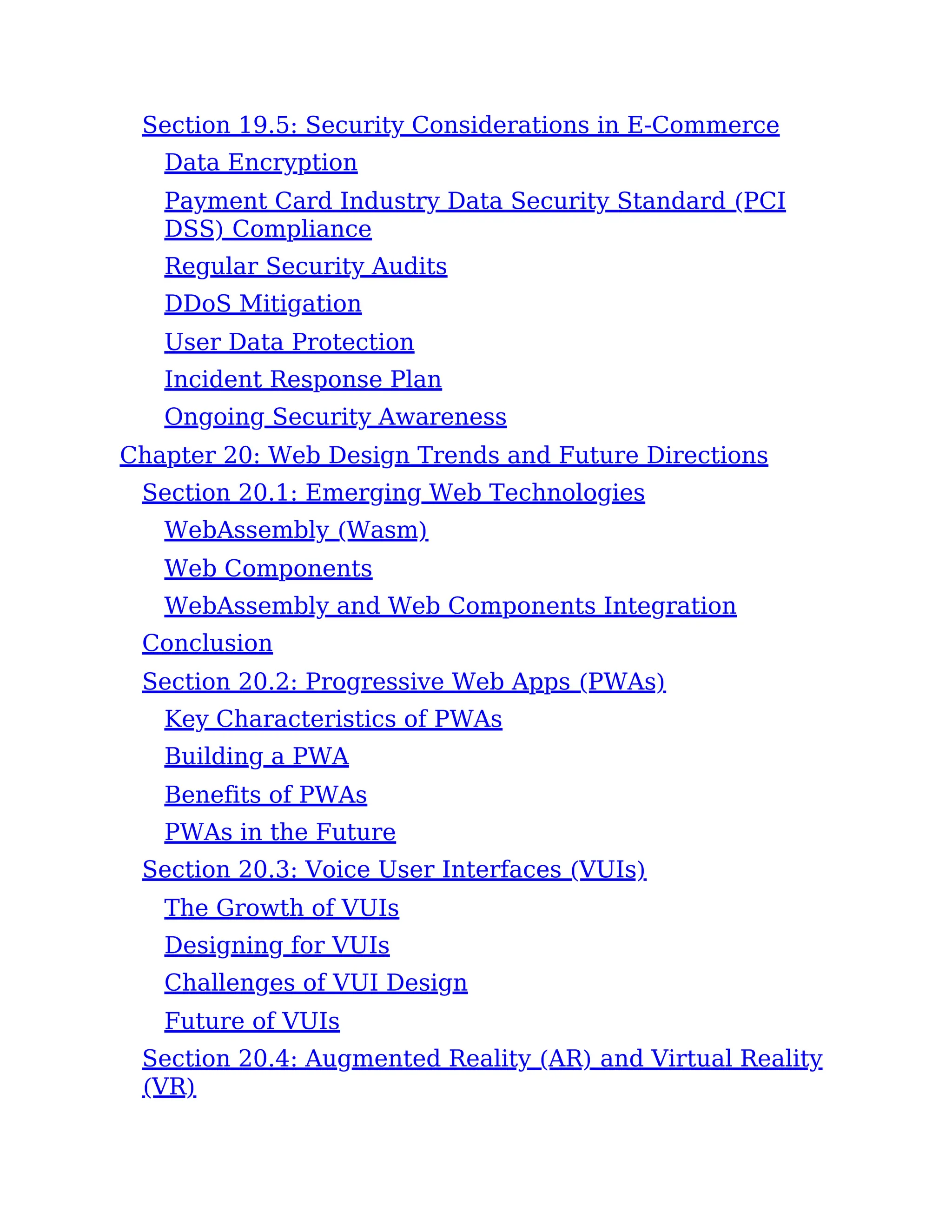
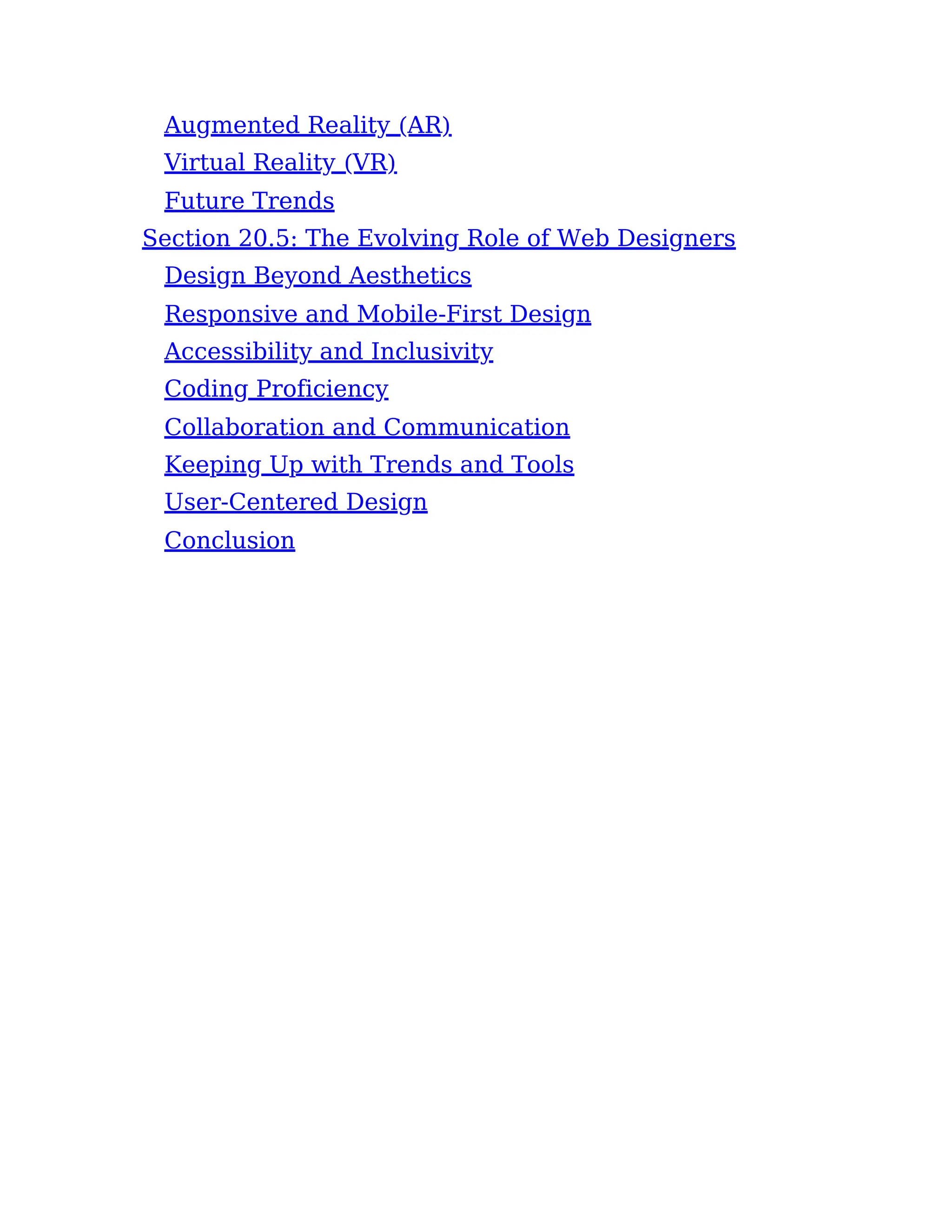
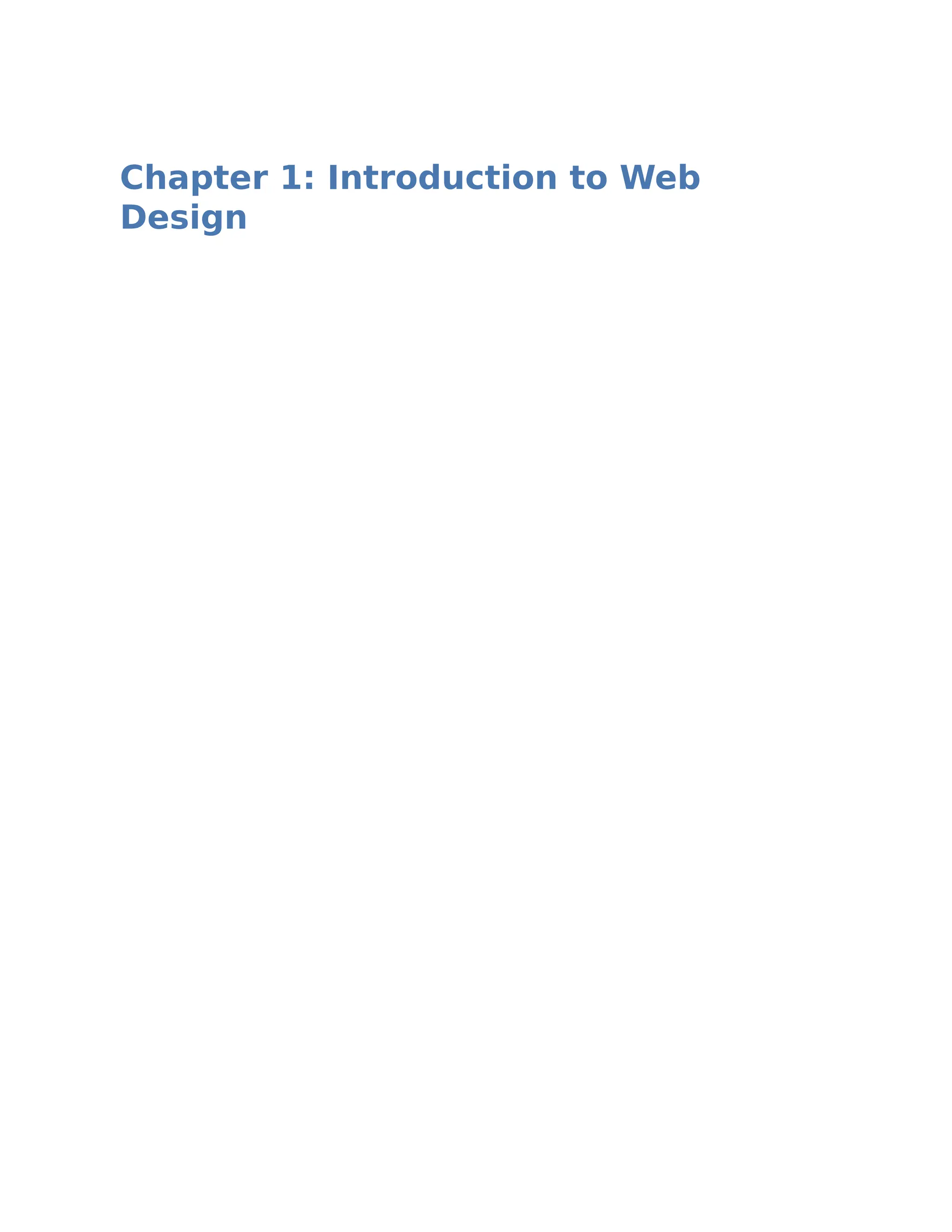
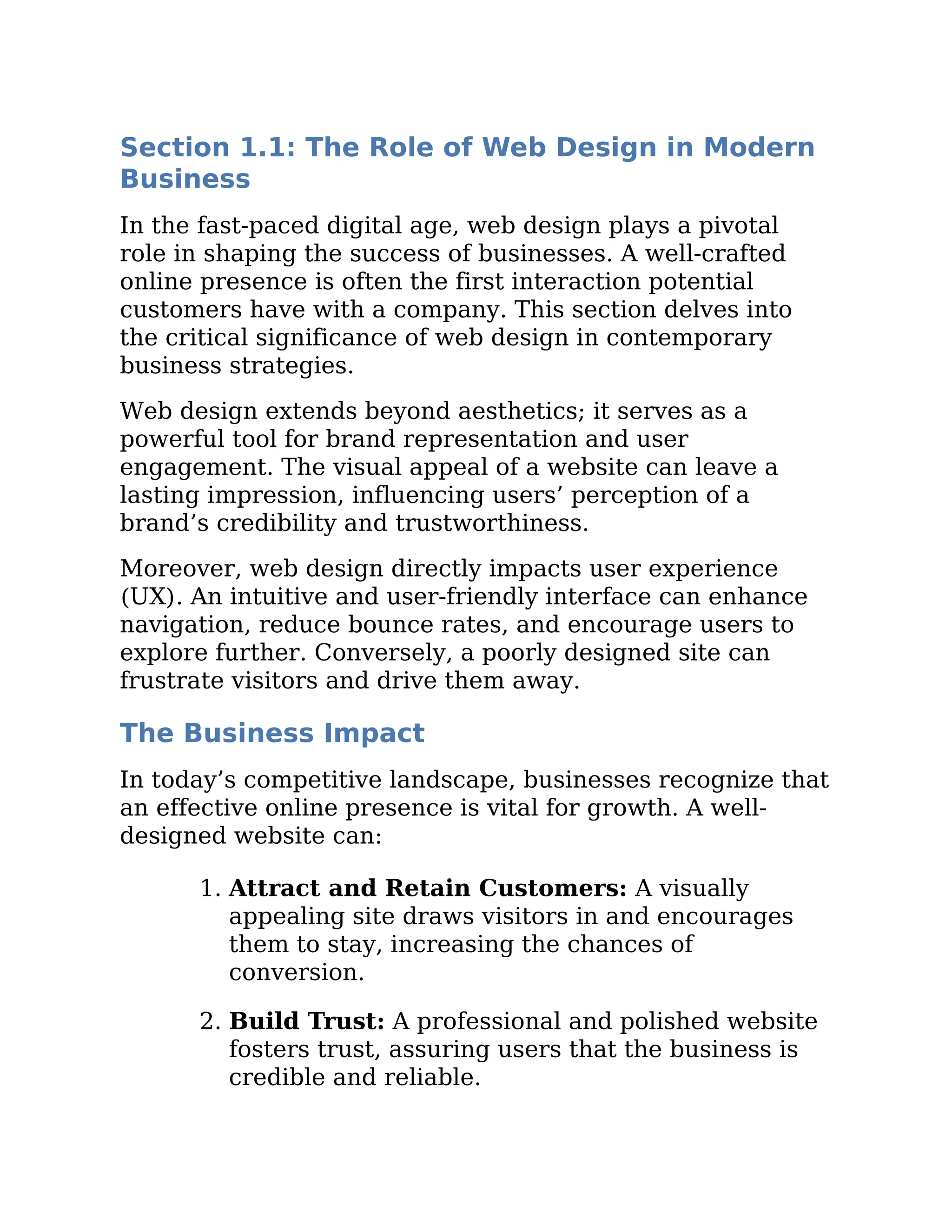
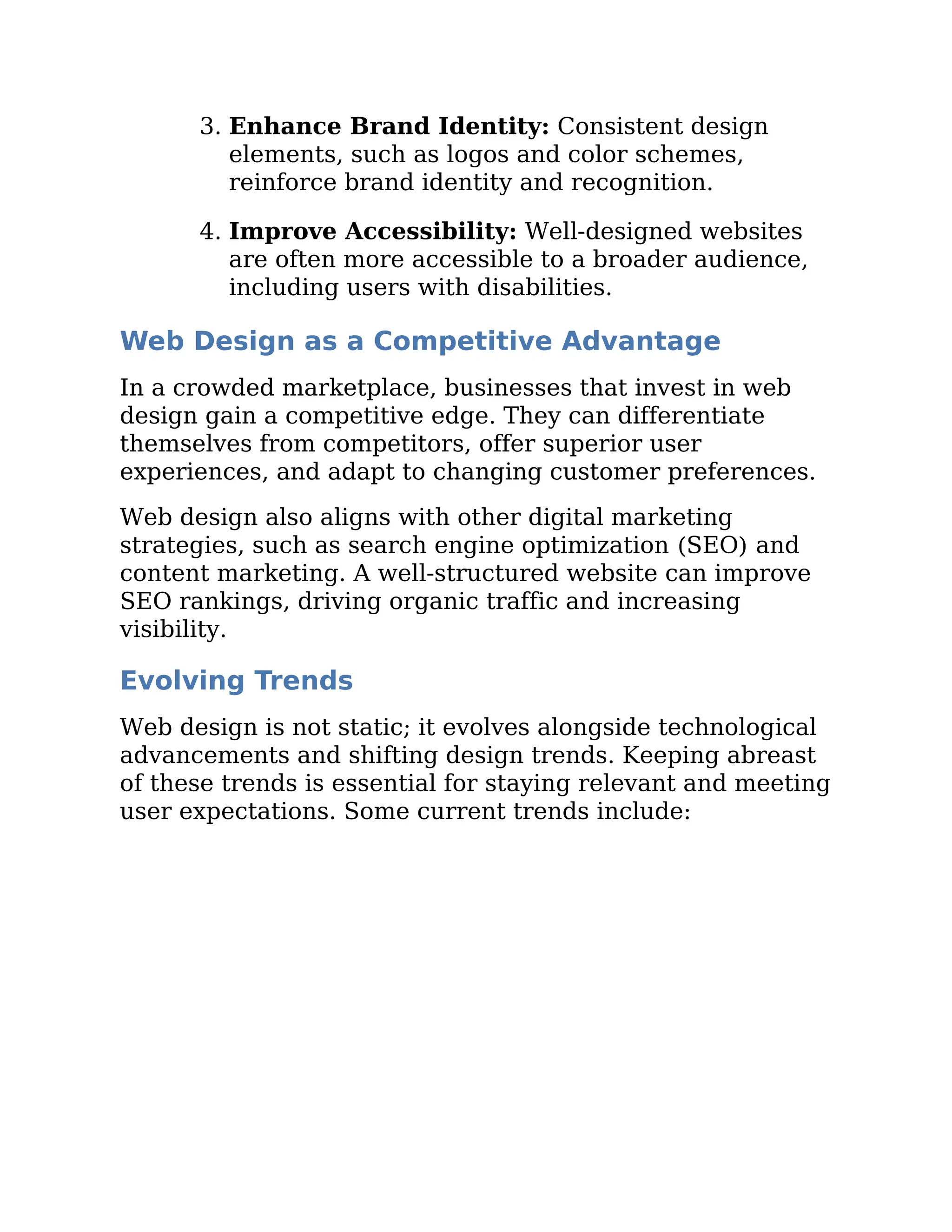
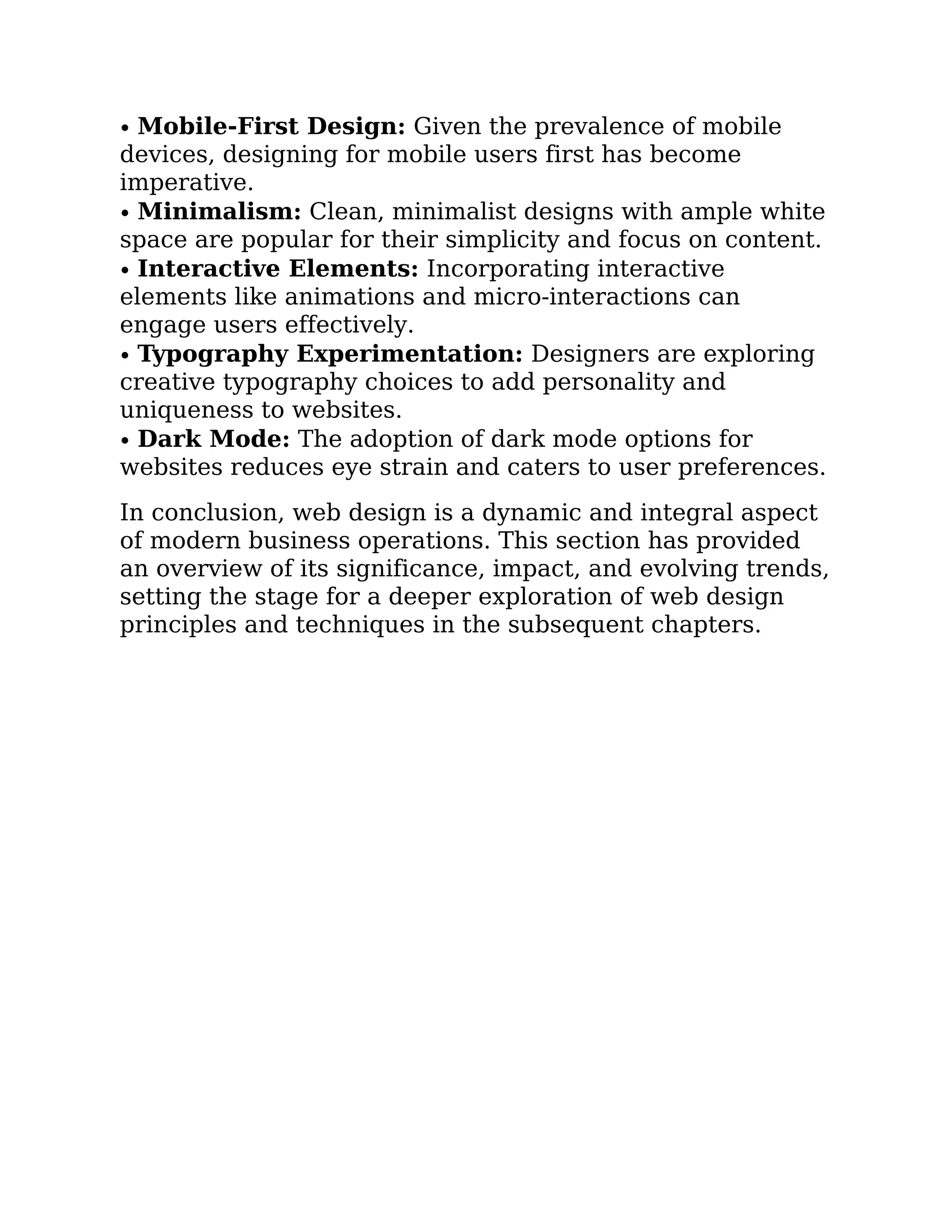
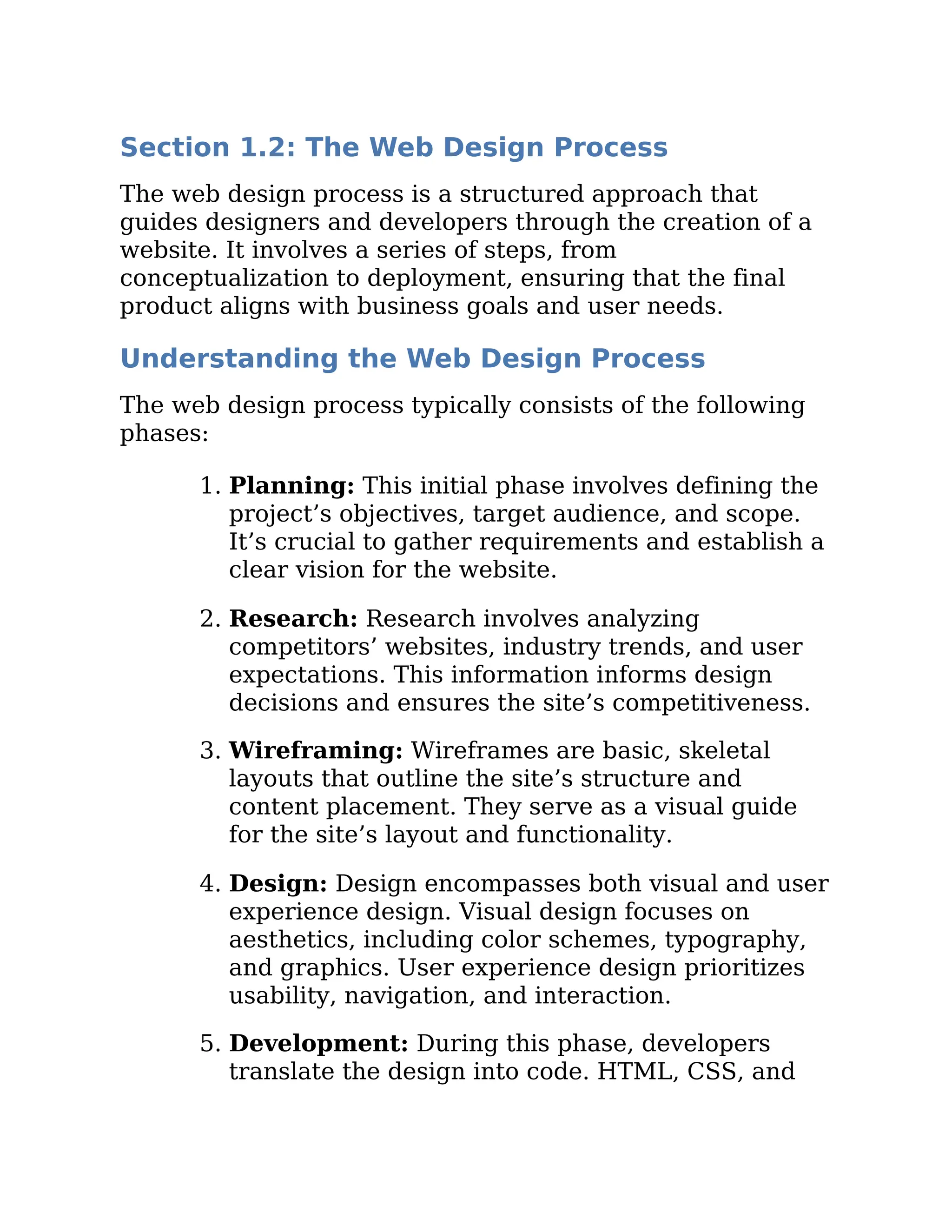
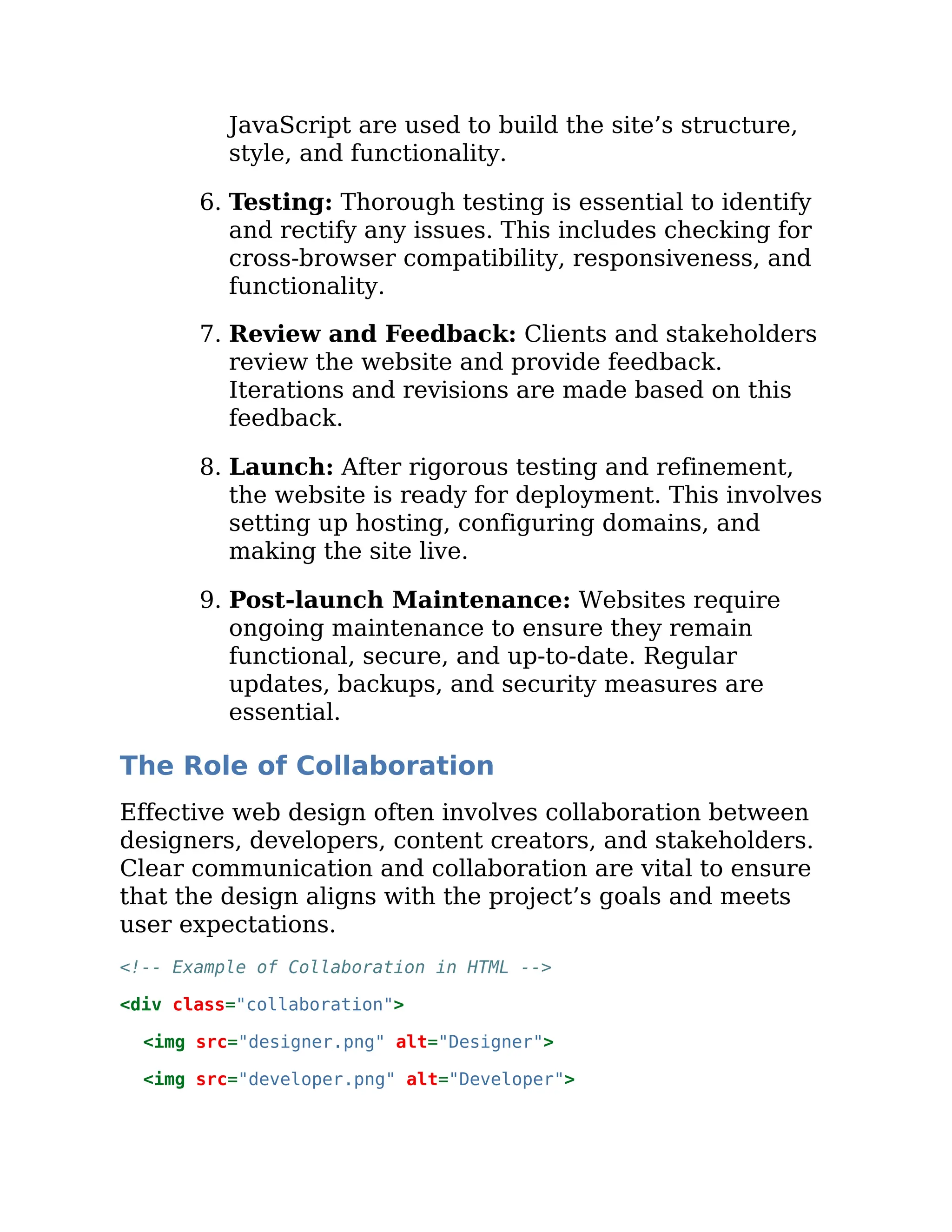
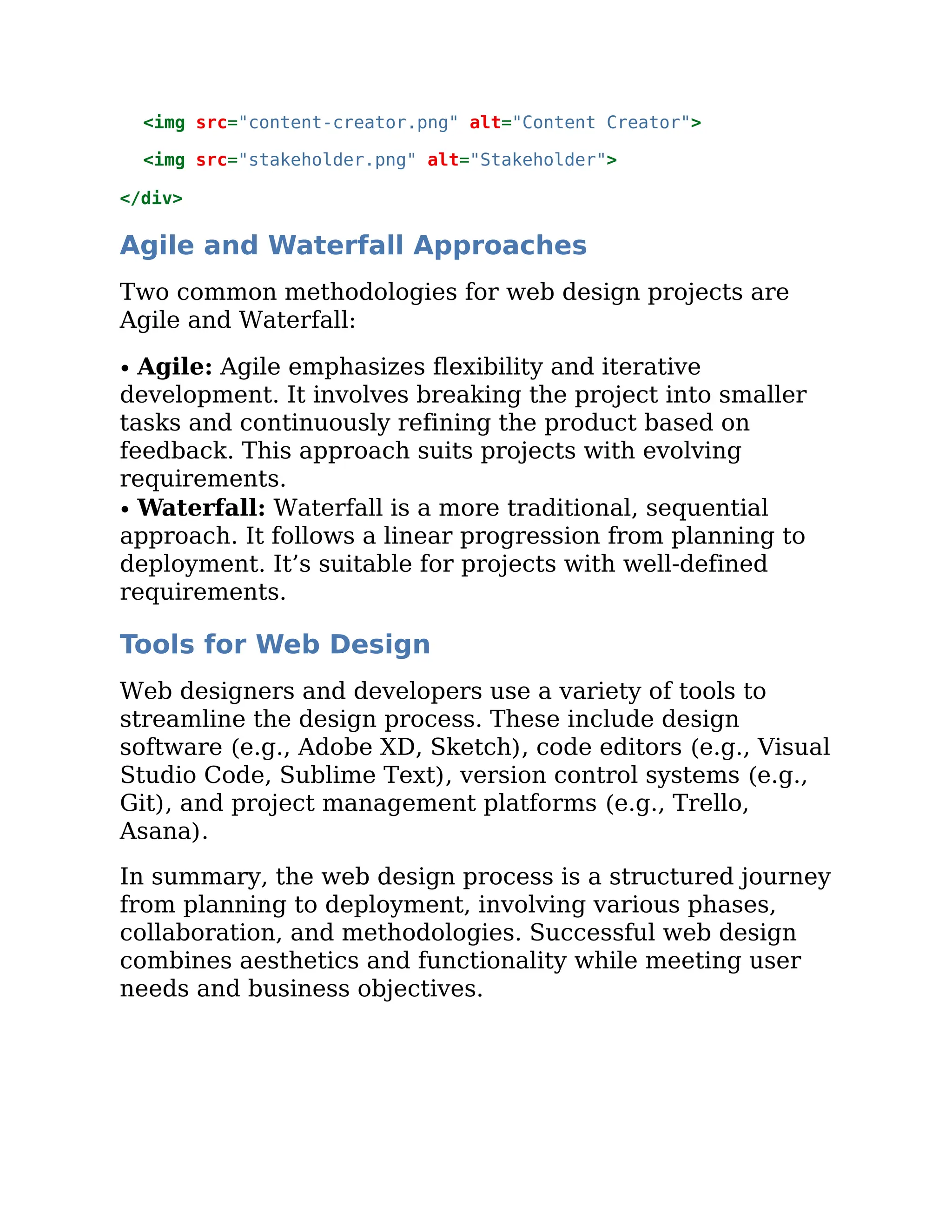
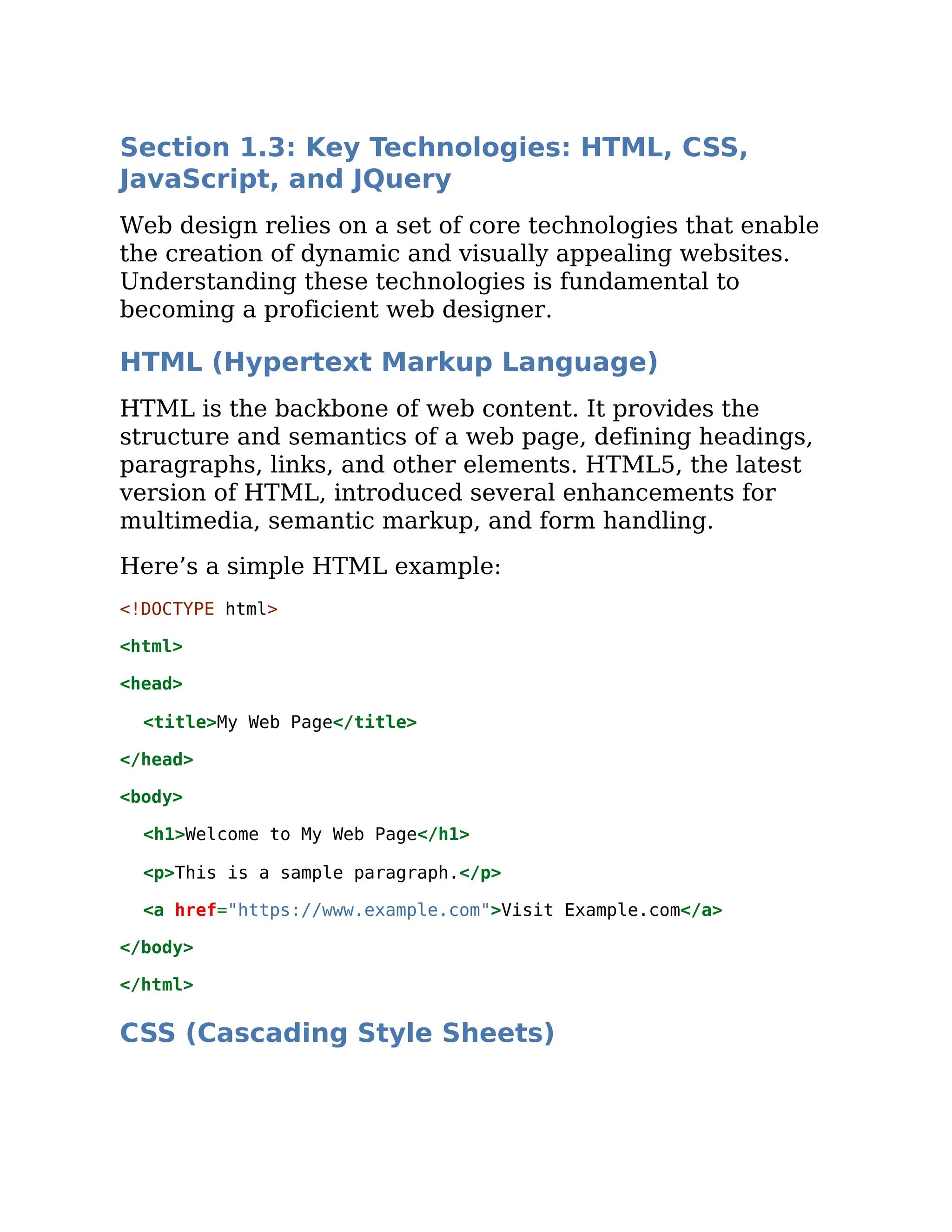
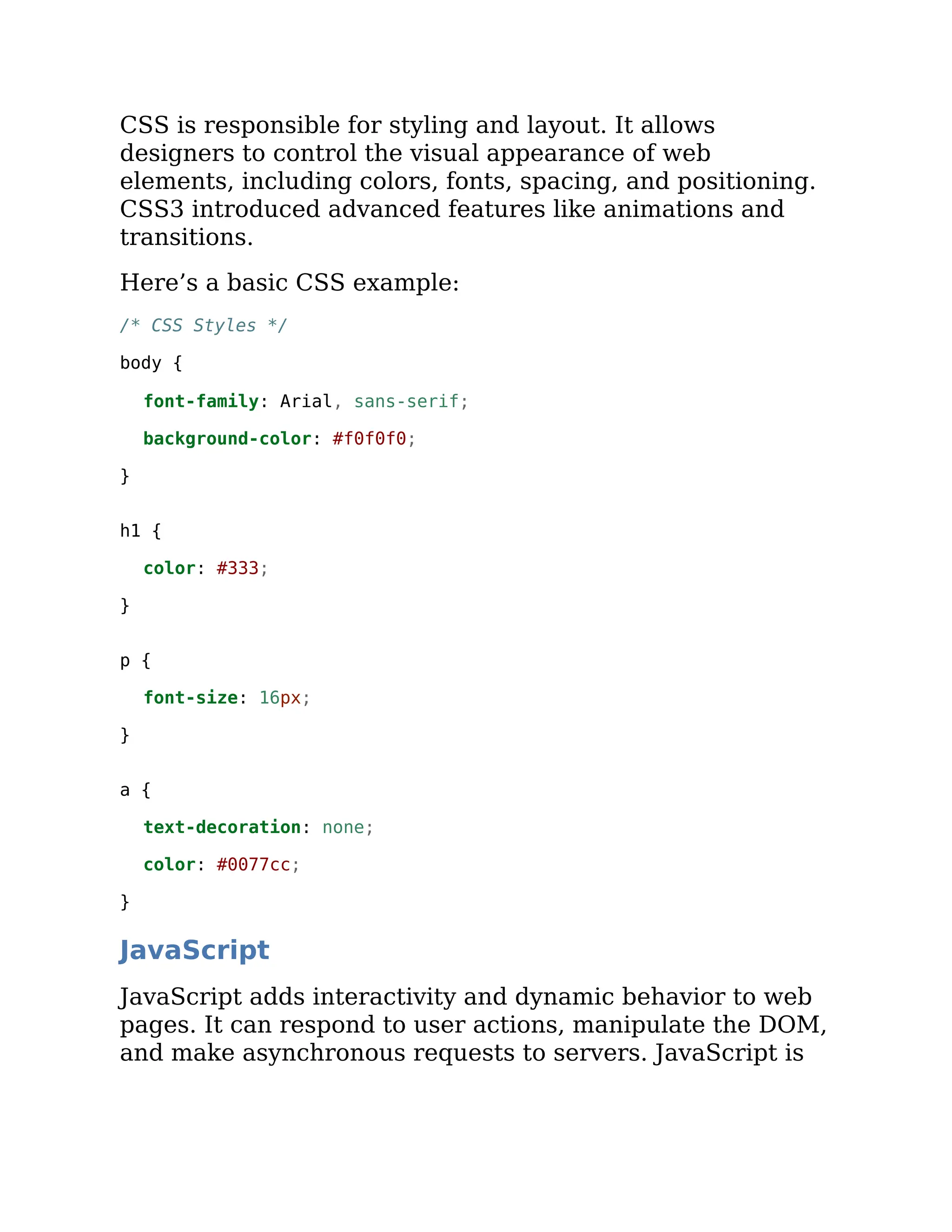
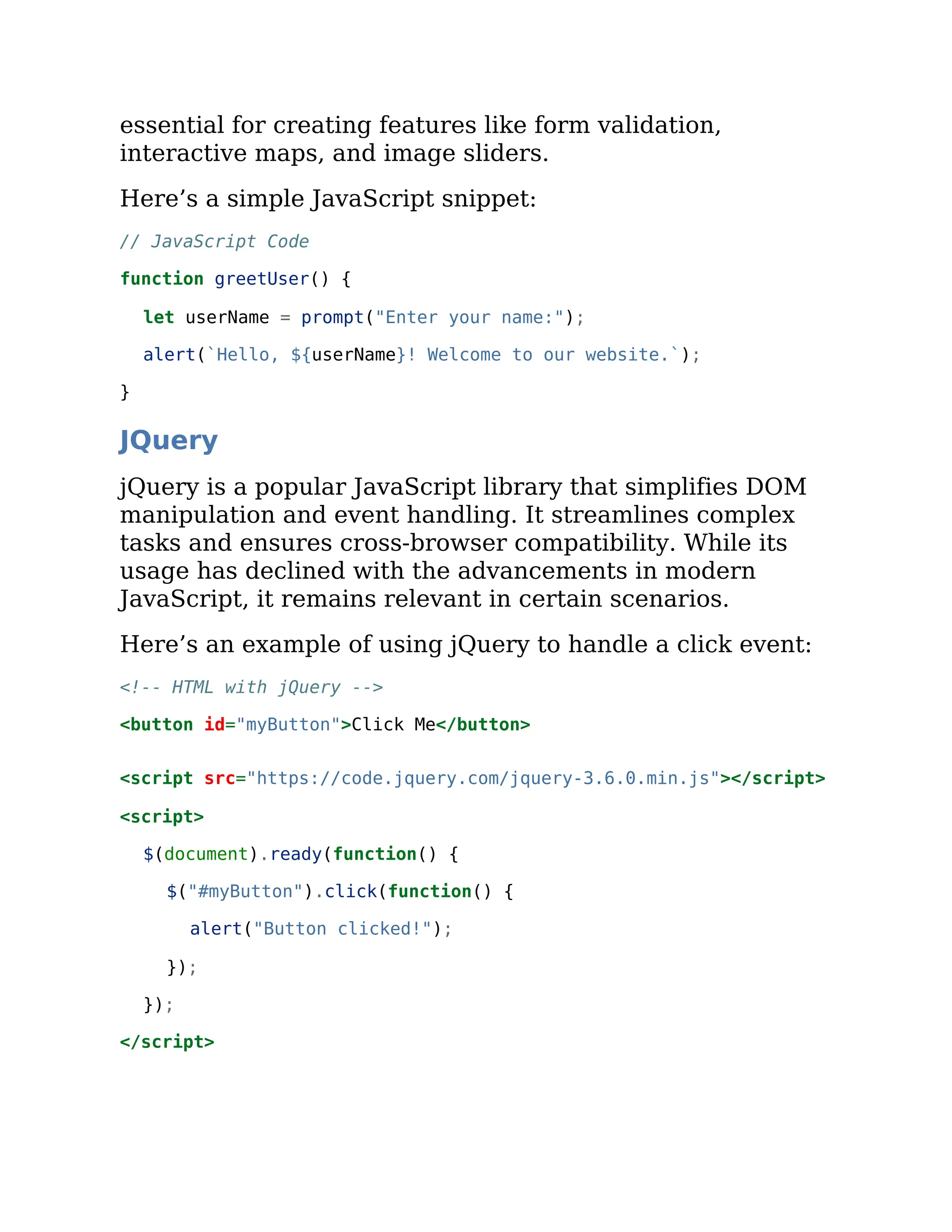
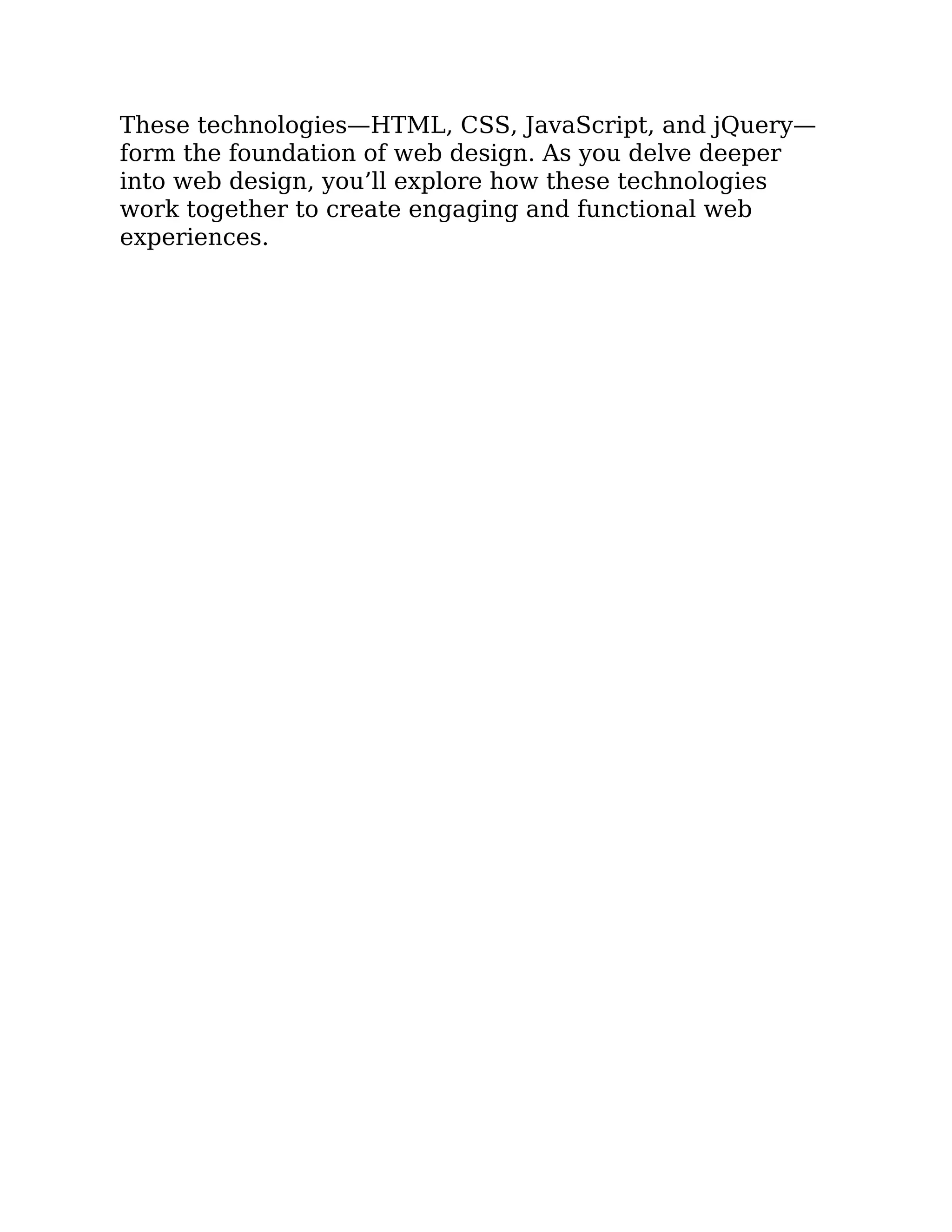
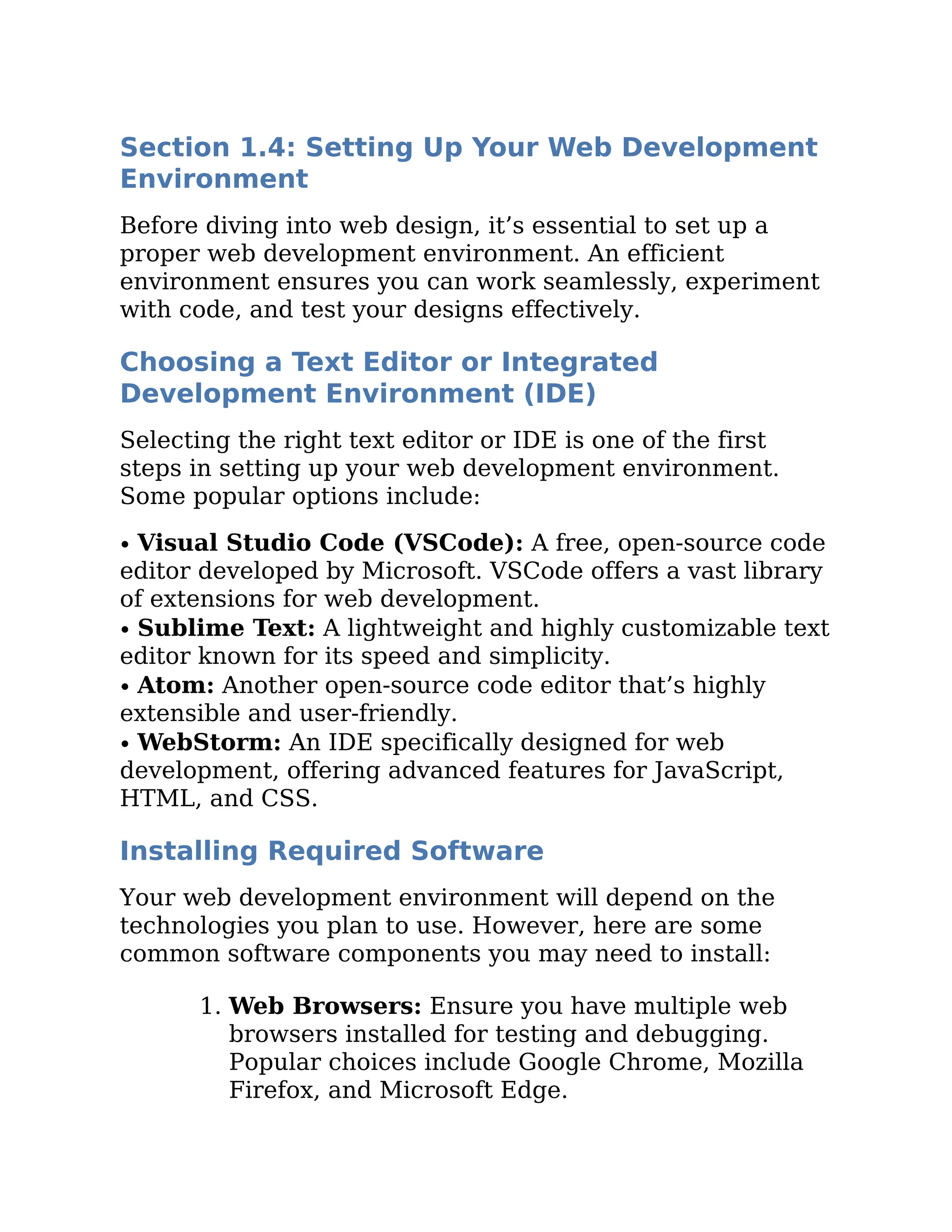
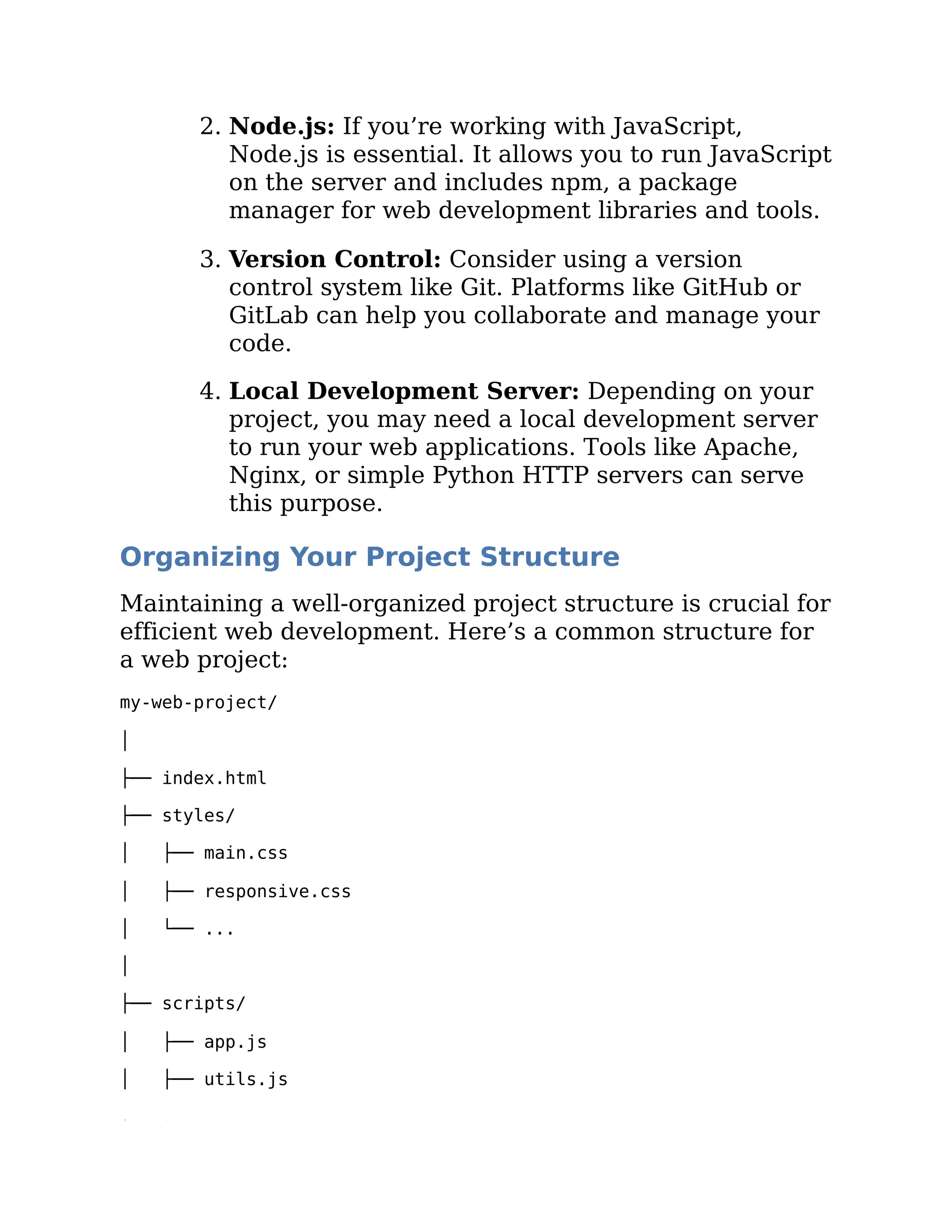
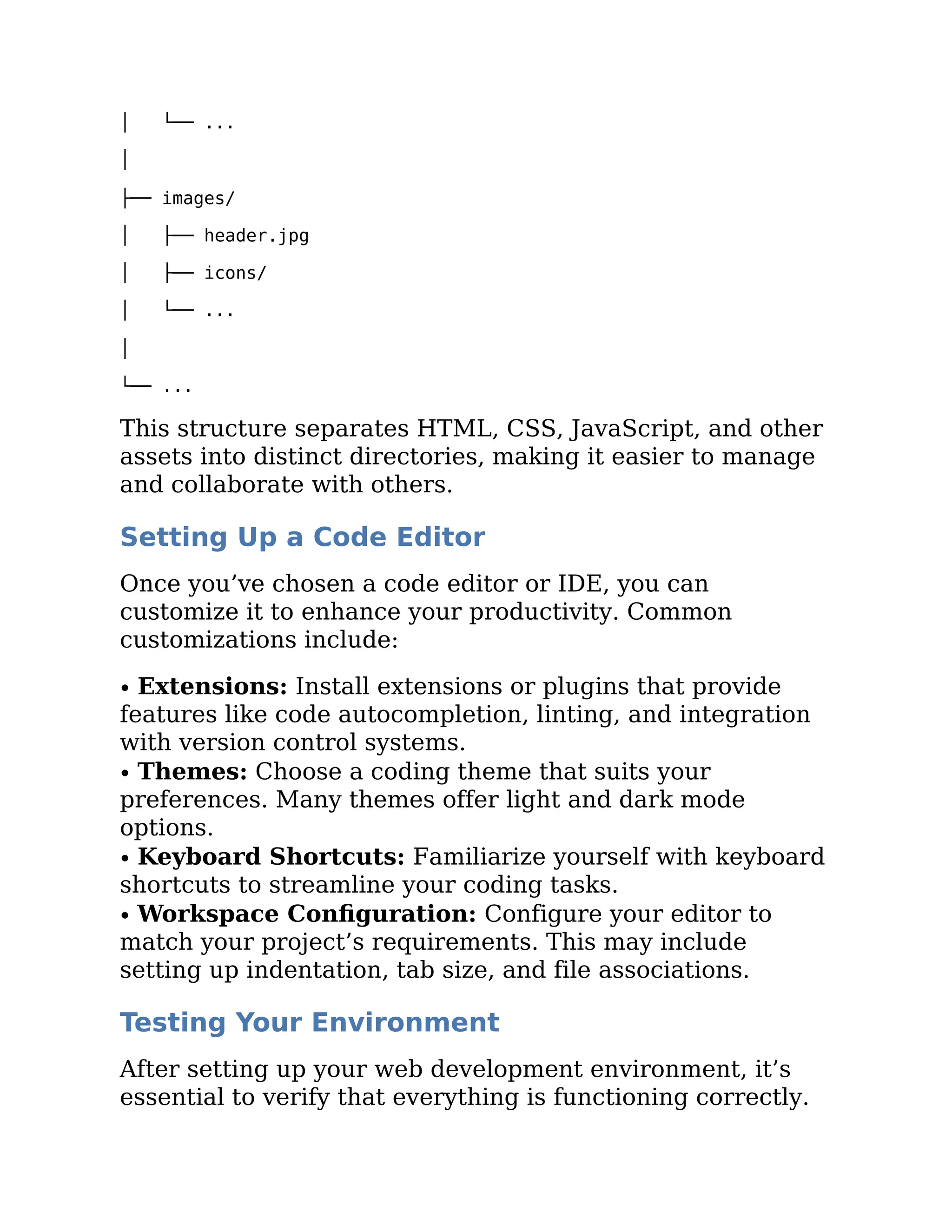
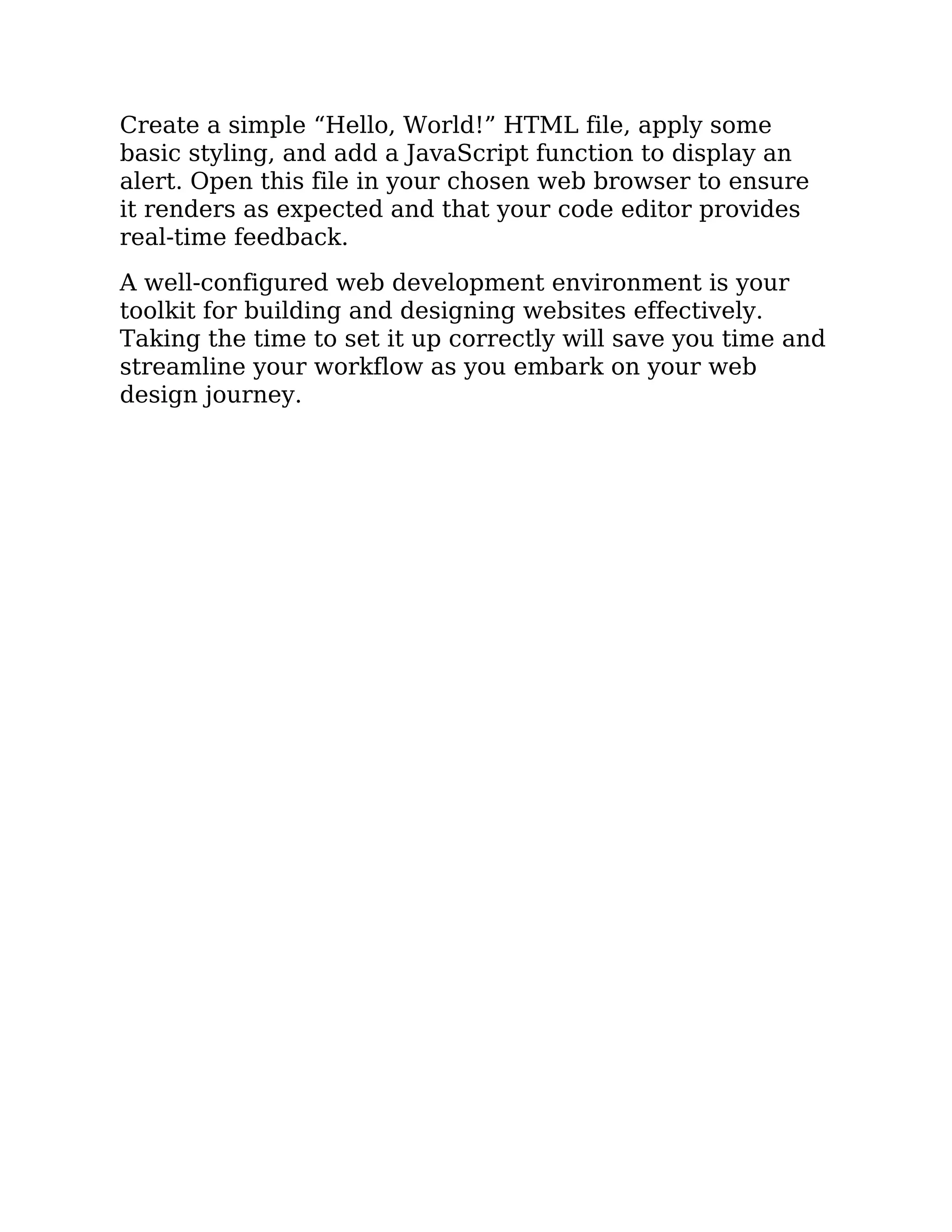
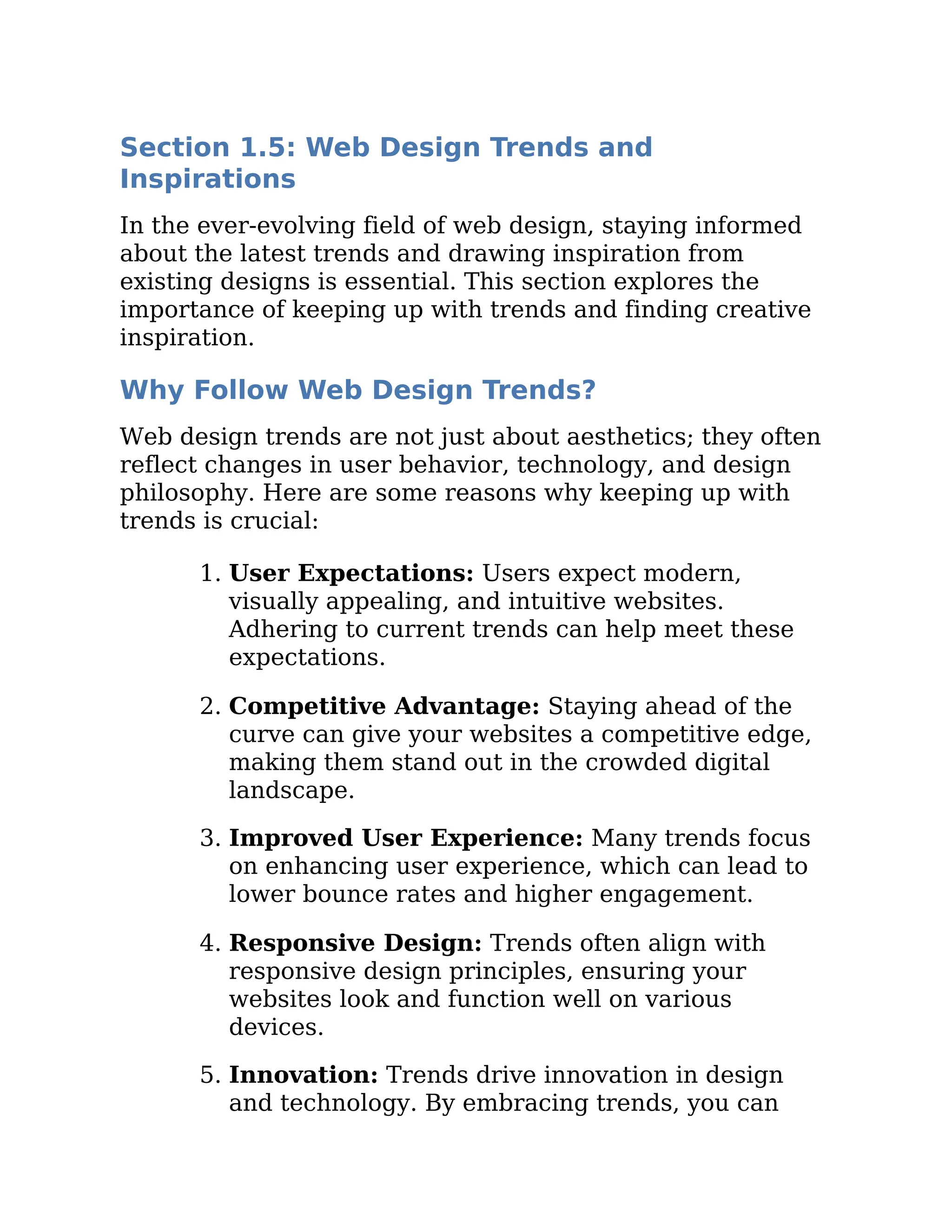
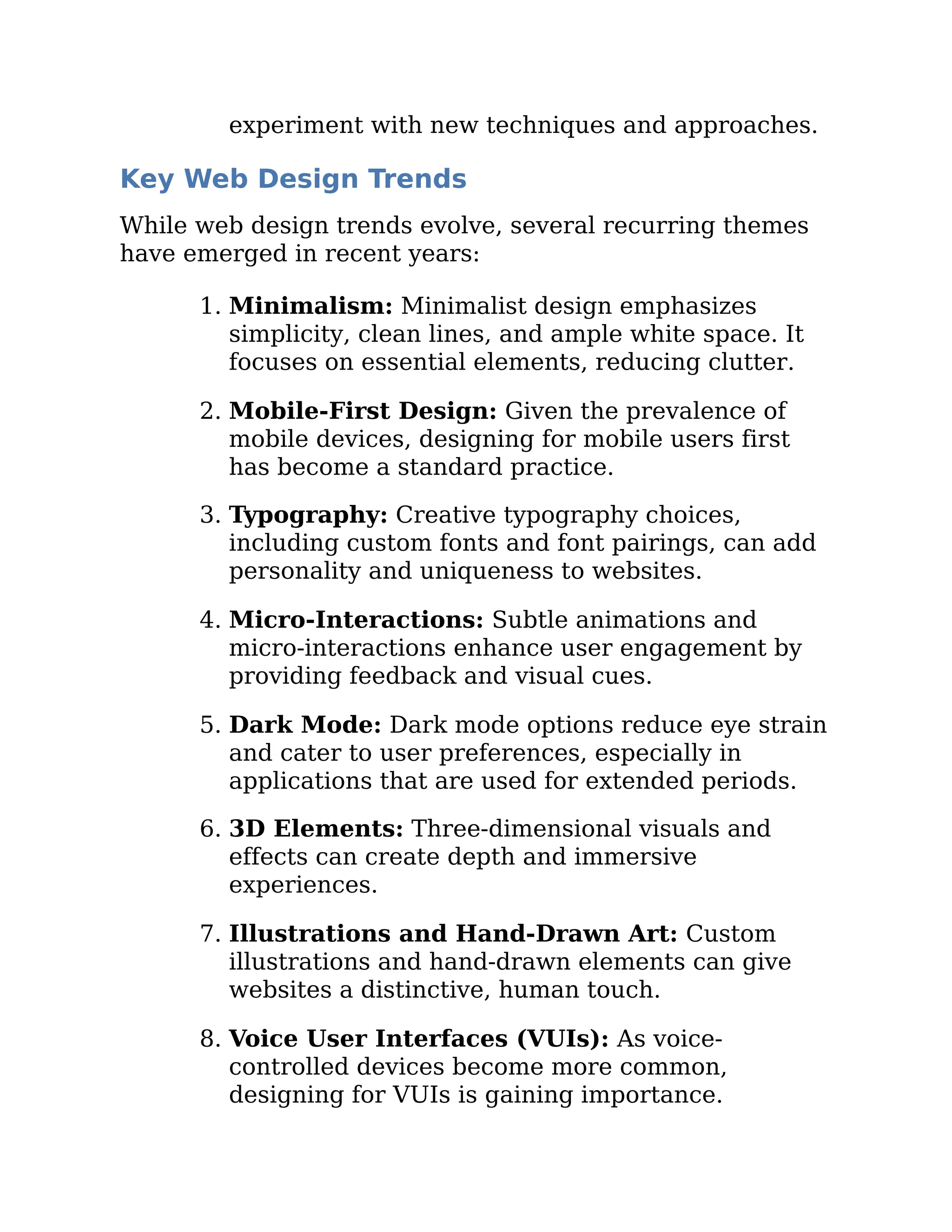
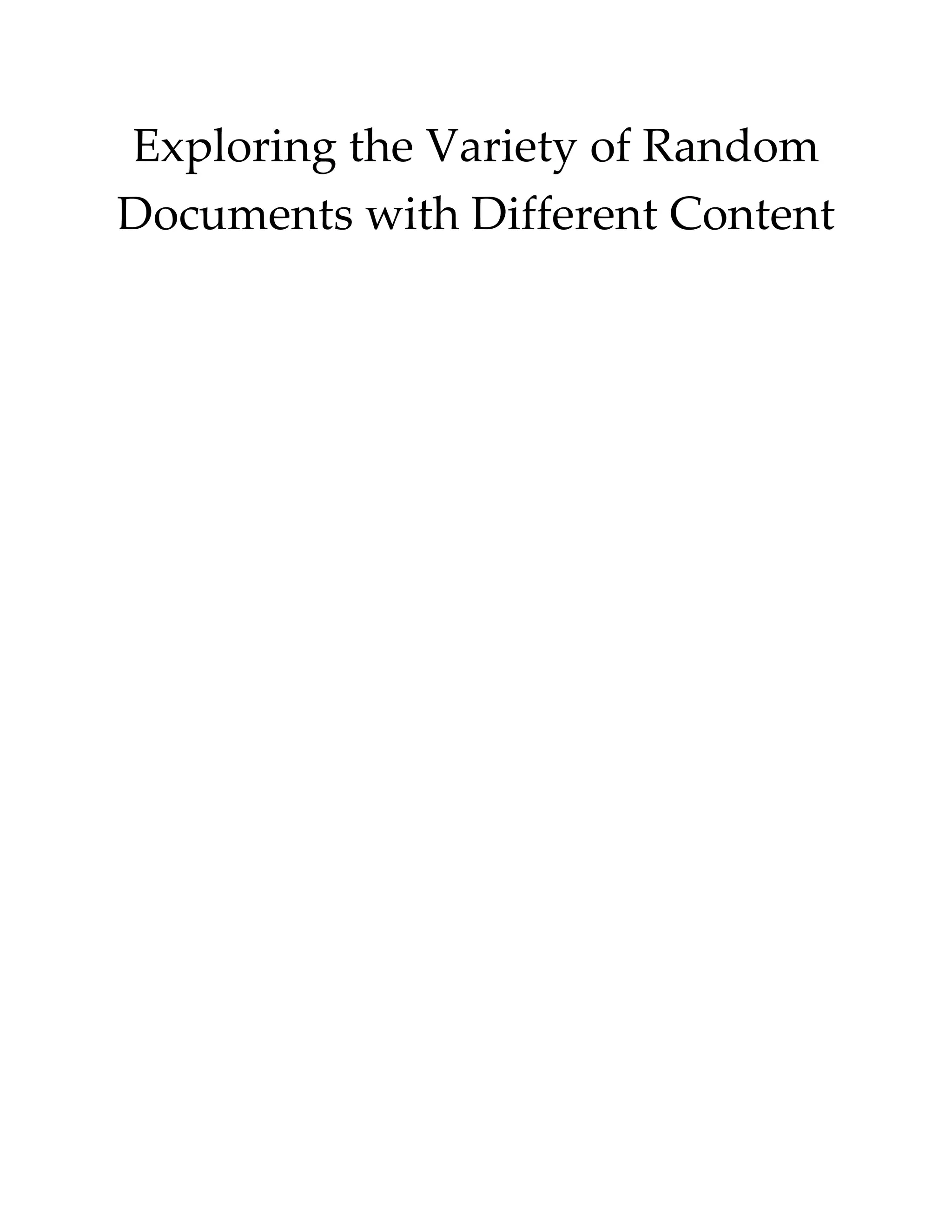
![By-Laws of Tyrian Lodge of Ancient, Free, and Accepted Masons, Gloucester. Salem, 1874. Hayden, Sidney, Washington and His Masonic Compeers. New York, 1867. Heard, J. A., A Historical Account of Columbian Lodge of Free and Accepted Masons, of Boston, Mass. Boston, 1856. Historical Sketch and Centennial Anniversary of Washington Lodge A. F. & A. M., Roxbury, Mass. Roxbury, 1896. Mackey, Albert Gallatin, The History of Free Masonry. 7 vols. New York, 1898. McCarthy, Charles, The Anti-Masonic Party, 1827–1840. In Annual Report of the American Historical Association, 1902, pp. 365–574. Myers, E. M., History of Free Masonry and Its Progress in the United States. Petersburg, Va., 1887. Proceedings of the Anti-Masonic State Convention [Vermont], holden at Montpelier, June 23, 24 & 25, 1830. Reports and Addresses. Middlebury, 1830. Sachse, Julius Friederich, Washington’s Masonic Correspondence. Philadelphia, 1915. Storer, E. G., (compiler), The Records of Free Masonry in the State of Connecticut, etc. 2 vols. New Haven, 1859–61. Surette, L. A., By-Laws of Corinthian Lodge, of Ancient, Free, and Accepted Masons, of Concord, Mass. Concord, 1859. Waterman, T., (compiler), By-Laws of St. Andrew’s Royal Arch Chapter, Boston. Boston, 1859. PUBLIC AND OTHER RECORDS American State Papers, Class I: Foreign Relations, 1789–1828. 6 vols. Washington, 1832–1859. Annual Reports of American Historical Association, for 1894, 1896, 1902, and 1912. Washington. Acts and Laws of the State of Connecticut in America. Hartford, 1786. Acts and Laws of the Commonwealth of Massachusetts. 13 vols. Boston, 1890–1898. Acts and Resolves, Public and Private, of the Province of the Massachusetts Bay. 5 vols. Boston, 1869–1886. Benton, Thomas Hart, Abridgement of the Debates of Congress, from 1789 to 1856. 16 vols. New York, 1857–61. Charter Granted by Their Majesties King William and Queen Mary, to the Inhabitants of Massachusetts-Bay in New-England. Boston, 1726.](https://image.slidesharecdn.com/137270-250318075152-87e228ed/75/Master-Web-Design-with-HTML-CSS-JavaScript-and-jQuery-Create-Stunning-Interactive-Websites-Frahaan-Hussain-46-2048.jpg)
![Charters and “Acts and Laws” of the Province of Massachusetts-Bay, with Appended Acts and Laws. Boston, 1726–35. Connecticut, Colonial Records of, (ed. by C. J. Hoadly and J. Hammond Trumbull). 15 vols. Hartford, 1894–5. Connecticut Historical Society Collections. 8 vols. Hartford, 1860–1902. Dedham Historical Register. 14 vols. Dedham, Mass., 1890–1902. Essex Institute [Salem, Mass.], Historical Collections. 53 vols. Salem, 1859–1917. Laws of the Commonwealth of Massachusetts, from November 28th, 1780, to February 28th, 1807, etc. 3 vols. Boston, 1801–7. Massachusetts Historical Society Collections, 1792–1918. 74 vols. Boston. New Haven Colony Historical Society Papers. 6 vols. New Haven, 1865– 1900. The Debates and Proceedings in the Congress of the United States, etc. (Gales and Seaton). 42 vols. Washington, 1834–56. United States Statutes at Large. SERMONS Abbot, Abiel, A Memorial of Divine Benefits. In a sermon, delivered at Exeter, on the 15th, and at Haverhill, on the 29th of November, 1798, days of public thanksgiving, in New-Hampshire and Massachusetts. Haverhill, Massachusetts, 1798. Bartlett, Josiah, A Discourse on the Origin, Progress and Design of Free Masonry. Delivered at the meeting-house in Charlestown, in the Commonwealth of Massachusetts, on the Anniversary of St. John the Baptist, June 24, A. D. 1793. Boston, 1793. Belknap, Jeremy, A Sermon, delivered before the convention of the clergy of Massachusetts, in Boston, May 26, 1796. Boston, 1796. Bradford, Ebenezer, The Nature and Manner of Giving Thanks to God, Illustrated. A sermon, delivered on the day of the national thanksgiving, February 19, 1795. Boston, 1795. Clark, Abraham L., The Secrets of Masonry Illustrated and Explained; in a discourse, preached at South-Kingston, before the Grand Lodge of the State of Rhode-Island, etc., September 3d, A. L. 5799. Providence, 1799. Cumings, Henry, A Sermon preached at Billerica, November 29, 1798, being the day of the anniversary thanksgiving throughout the Commonwealth of Massachusetts. Boston, 1798.](https://image.slidesharecdn.com/137270-250318075152-87e228ed/75/Master-Web-Design-with-HTML-CSS-JavaScript-and-jQuery-Create-Stunning-Interactive-Websites-Frahaan-Hussain-47-2048.jpg)
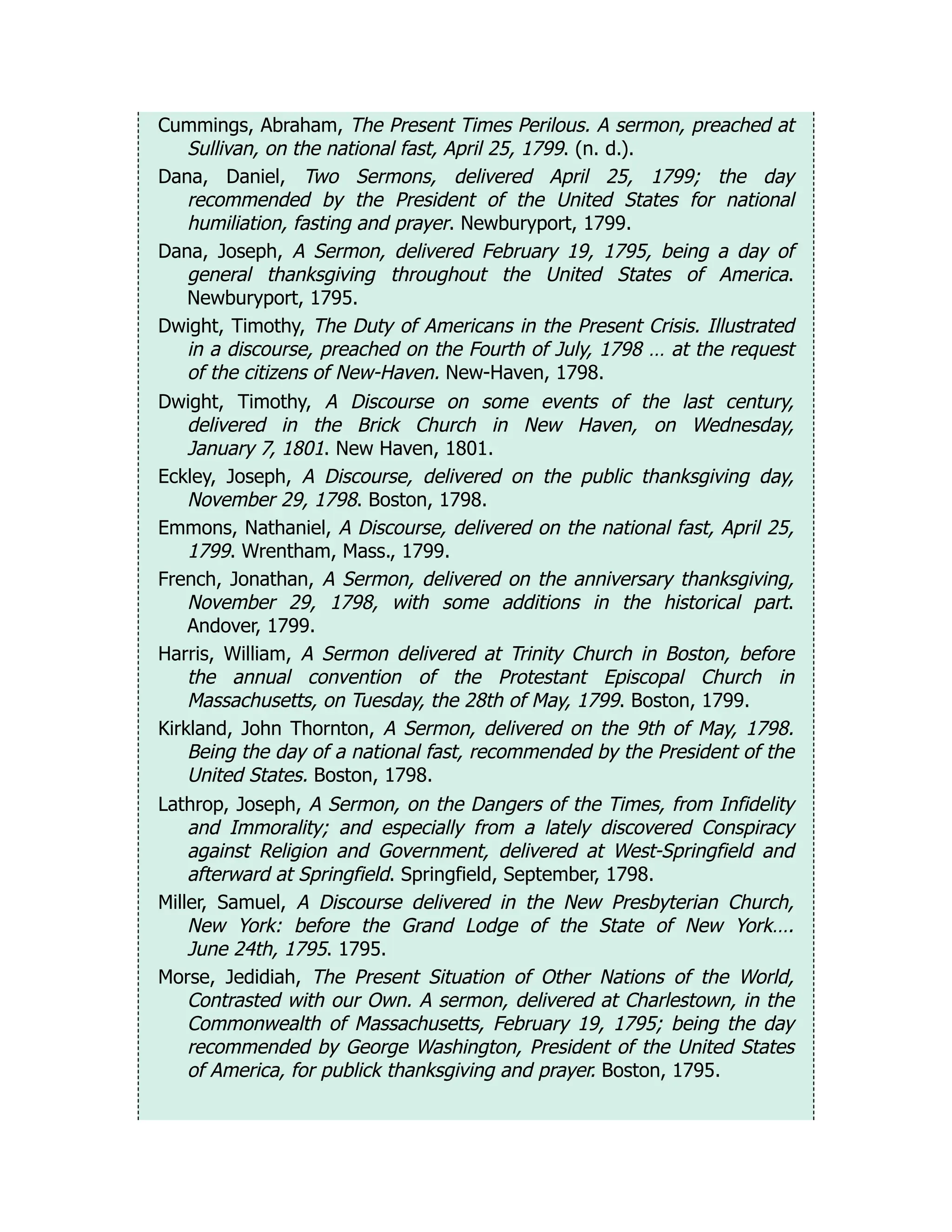
![Morse, Jedidiah, A Sermon, delivered at the New North Church in Boston, in the morning, and in the afternoon at Charlestown, May 9th, 1798, being the day recommended by John Adams, President of the United States of America, for solemn humiliation, fasting and prayer. Boston, 1798. Morse, Jedediah, A Sermon delivered before the Grand Lodge of Free and Accepted Masons of the Commonwealth of Massachusetts, at a public installation of the officers of Corinthian Lodge, at Concord … June 25, 1798. (n. d.) Morse, Jedediah, A Sermon, preached at Charlestown, November 29, 1798, on the anniversary thanksgiving in Massachusetts. With an Appendix, designed to illustrate some parts of the discourse; exhibiting proofs of the early existence, progress, and deleterious effects of French intrigue and influence in the United States. Boston, 1798. Morse, Jedediah, A Sermon, Exhibiting the Present Dangers, and Consequent Duties of the Citizens of the United States of America. Delivered at Charlestown, April 25, 1799, the day of the national fast. Charlestown, 1799. [Osgood, David], The Wonderful Works of God are to be remembered. A sermon delivered on the day of the annual thanksgiving, November 20, 1794. Boston, 1794. Osgood, David, A Discourse, delivered February 19, 1795. The day set apart by the President for a general thanksgiving throughout the United States. Boston, 1795. Osgood, David, Some facts evincive of the atheistical, anarchical, and in other respects, immoral principles of the French republicans, stated in a sermon delivered on the 9th of May, 1798. Boston, 1798. Osgood, David, The Devil let loose; or the Wo occasioned to the inhabitants of the earth by his wrathful appearance among them. Delivered on the day of the national fast, April 25, 1799. Boston, 1799. Packard, Hezekiah, Federal Republicanism, displayed in two discourses, preached on the day of the state fast at Chelmsford, and on the day of the national fast at Concord, in April, 1799. Boston, 1799. Payson, Seth, A Sermon, at the consecration of the Social Lodge in Ashby, and at the installation of its officers, June 24, A. D. 1799. Amherst, N. H., 1800. Prentiss, Caleb, A Sermon delivered before Mount Moriah Lodge; at Reading in the County of Middlesex; at the celebration of St. John; June 24th, A. D. 1799. Leominster (Mass.) … Anno Lucis 5799.](https://image.slidesharecdn.com/137270-250318075152-87e228ed/75/Master-Web-Design-with-HTML-CSS-JavaScript-and-jQuery-Create-Stunning-Interactive-Websites-Frahaan-Hussain-49-2048.jpg)
![[Sherman, Josiah], A Sermon to Swine: From Luke xv: 16 … Containing a concise, but sufficient answer to General Allen’s Oracles of Reason. Litchfield, 1787. Strong, Nathan, A Sermon, preached on the state fast, April 6th, 1798. Published at the request of the hearers. Hartford, 1798. Strong, Nathan, Political Instruction from the Prophecies of God’s Word,— a sermon preached on the state thanksgiving, Nov. 29, 1798. Hartford, 1798. Tappan, David, A Sermon delivered to the first congregation in Cambridge, and a religious society in Charlestown, April 11, 1793. Boston, 1793. Tappan, David, Christian Thankfulness explained and enforced. A sermon delivered at Charlestown, in the afternoon of February 19, 1795. Boston, 1795. Tappan, David, A Discourse delivered in the Chapel of Harvard College, June 19, 1798, occasioned by the approaching departure of the Senior Class from the University. Boston, 1798. Taylor, John, A Sermon, delivered on the day of public thanksgiving, at Deerfield; Nov. 29, ’98. Greenfield, (n. d.). Thayer, John, A Discourse, delivered at the Roman Catholic Church in Boston on the 9th of May, 1798, a day recommended by the President for humiliation and prayer throughout the United States. Boston, 1798. Weld, Ezra, A Discourse, delivered April 25, 1799; being the day of fasting and prayer throughout the United States of America. Boston, 1799. ORATIONS AND ADDRESSES Beedé, Thomas, An Oration, delivered at Roxbury, July 4, 1799. In commemoration of American Independence. Boston, 1799. Bentley, William, A Charge delivered before the Morning Star Lodge, in Worcester, Massachusetts, upon the festival of Saint John the Baptist, June 25, A. L. 1798. Worcester, June A. L. 1798. Bishop, Abraham, Connecticut Republicanism. An Oration on the Extent and Power of Political Delusion. Delivered in New-Haven, on the evening preceding the public commencement, September, 1800. Philadelphia, 1800. Bishop, Abraham, Oration delivered at Wallingford, on the 11th of March, 1801, before the Republicans of the State of Connecticut, and their general thanksgiving for the election of Thomas Jefferson to the](https://image.slidesharecdn.com/137270-250318075152-87e228ed/75/Master-Web-Design-with-HTML-CSS-JavaScript-and-jQuery-Create-Stunning-Interactive-Websites-Frahaan-Hussain-50-2048.jpg)
![Presidency and of Aaron Burr to the Vice Presidency of the United States of America. New-Haven, 1801. Bishop, Abraham, Proofs of a Conspiracy, against Christianity, and the Government of the United States; exhibited in several views of the union of church and state in New-England. Hartford, 1802. Brown, William, An Oration spoken at Hartford … on the anniversary of American Independence, July 4th, A. D. 1799. Hartford, 1799. Collins, Alexander, A Masonic Oration, pronounced on the festival of St. John the Evangelist, December 26, 1799…. In Middletown. Middletown, 1800. Crawford, John, An Address, delivered at the Grand Convention of the Free Masons of the State of Maryland; held on the 10th May, 1802,— in which the observance of secrecy is vindicated, and the principal objections of Professor Robison against the institution, are candidly considered. Baltimore, 1802. Dwight, Theodore, An Oration spoken at Hartford, in the State of Connecticut, on the anniversary of American Independence, July 4th, 1798. Hartford, 1798. Edmond, David, An Oration delivered at Ridg[e]field on the Fourth of July, 1799, before a large concourse of people, assembled to commemorate their National Independence. Danbury, MDCCXCIX. Gardiner, John, Esq., The Speech of, delivered in the House of Representatives. On Thursday, the 26th of January, 1792…. Boston, 1792. [Harris, Thaddeus Mason], The Fraternal Tribute of Respect paid to the Masonic Character of Washington, in the Union Lodge, in Dorchester, January 7th, A. L. 1800. Charlestown, 1800. Hodge, Michael, An Oration pronounced before the Right Worshipful Master & Brethren of St. Peter’s Lodge, at the Episcopal Church in Newburyport, on the festival of St. John the Baptist, June 24th, 1802. Newburyport, … 1802. Lewis, Zechariah, An oration, on the Apparent and the Real Political Situation of the United States, pronounced before the Connecticut Society of the Cincinnati, assembled at New-Haven, … July 4th, 1799. New-Haven, 1799. Lisle, Henry Maurice, An Address, delivered before the Grand Lodge of Massachusetts, on the festival of St. John the Evangelist, Dec. 27th, A. L. 1805…. Boston, 1805. Jackson, Charles, An Oration, delivered before the Right Worshipful Master and Brethren of St. Peter’s Lodge, at the Episcopal Church in](https://image.slidesharecdn.com/137270-250318075152-87e228ed/75/Master-Web-Design-with-HTML-CSS-JavaScript-and-jQuery-Create-Stunning-Interactive-Websites-Frahaan-Hussain-51-2048.jpg)
![Newburyport, Massachusetts, on the festival of St. John the Baptist; celebrated June 25, 1798. Newburyport, March A. L. 1799. Lowell, John, Junior, An Oration, pronounced July 4th, 1799, at the request of the inhabitants of the town of Boston, in commemoration of the anniversary of American Independence. Boston, 1799. Mann, James, An Address, delivered December 18, 1799. Before the Brethren of Montgomery Lodge; at their Masonic Hall in Franklin…. Wrentham, 1800. Parish, Elijah, An Oration, delivered at Byfield, July 4, 1799. Newburyport, (n. d.). Smith, John C., An Oration, pronounced at Sharon, on the anniversary of American Independence, 4th of July, 1798. Litchfield, (n. d.). Stoddard, Amos, An Oration, delivered in the meeting house of the First Parish in Portland, Monday, June 24th, 1799 … in celebration of the anniversary festival of St. John the Baptist…. Portland, 1799. Stoddard, A[mos], An Oration, delivered before the citizens of Portland … on the Fourth of July, 1799…. Portland, 1799. PAMPHLETS Backus, Isaac, An Appeal to the Public for Religious Liberty. Against the Oppressions of the Present Day. Boston, 1773. Backus. Isaac, Government and Liberty Described: and Ecclesiastical Tyranny Exposed. Boston, 1778. [Cheetham, James], An Answer to Alexander Hamilton’s letter, concerning the public conduct and character of John Adams, Esq., President of the United States. By a Citizen of New York. New York, 1800. Cobbett, William, A Bone to Gnaw, for the Democrats; or Observations on a Pamphlet entitled “The Political Progress of Britain”. Philadelphia, 1795. [Ogden, John Cosens], A View of the New England Illuminati: who are indefatigably engaged in destroying the religion and government of the United States; under a feigned regard for their safety—and under an impious abuse of true religion. (2nd edition). Philadelphia, 1799. Pseud: Effects of the Stage on the Manners of a People: and the Propriety of Encouraging and Establishing a Virtuous Theatre. By a Bostonian. Boston, 1792. [Russell, Jonathan], To the Freemen of Rhode-Island, etc. (n. d.). [Sullivan, James], The Altar of Baal thrown down: or, the French Nation defended, against the pulpit slander of David Osgood, A. M., pastor of the church in Medford. Par Citoyen de Novion. Boston, 1795.](https://image.slidesharecdn.com/137270-250318075152-87e228ed/75/Master-Web-Design-with-HTML-CSS-JavaScript-and-jQuery-Create-Stunning-Interactive-Websites-Frahaan-Hussain-52-2048.jpg)
![The Pretensions of Thomas Jefferson to the Presidency examined and the charges against John Adams refuted. 1796. The Rights of the Drama: or, an Inquiry into the Origin, Principles, and Consequences of Theatrical Entertainments. By Philo Dramatis. 1792. [Wood, John], A Full Exposition of the Clintonian Faction, and the Society of the Columbian Illuminati; with an account of the writer of the narrative, and the characters of his certificate men, as also remarks on Warren’s Pamphlet. By J—— W——. Newark, 1802. MISCELLANEOUS WORKS Allen, Ethan, Reason the Only Oracle of Man, etc. Bennington, State of Vermont, 1784. Aufrere, Anthony, The Cannibal’s Progress; or the Dreadful Horrors of the French Invasion, etc. (Tr. from the German.) Portsmouth, New- Hampshire, 1798. Barruel, Augustin, Memoirs of Jacobinism. 4 vols. London, 1797. Chauncy, Charles, Seasonable Thoughts on the State of Religion in New England. Boston, 1743. Chauncy, Charles, The Salvation of All Men the Grand Thing aimed at in the Scheme of God. London, 1784. Cunningham, Abner, Practical Infidelity Portrayed and the Judgments of God made Manifest. (3rd edition). New York, 1836. Du Pan, J. Mallet, The History of the Destruction of the Helvetic Union and Liberty. Boston, 1799. Dwight, Timothy, Theology: Explained and Defended. 5 vols. Middletown, Conn., 1818. Eulogium and Vindication of Masonry. Selected (and Improved) from Various Writers. Philadelphia, 1792. Evans, Charles, American Bibliography. Vols. i-viii published. Chicago, 1903–15. Harris, Thaddeus Mason, Discourses, delivered on public occasions, illustrating the principles, displaying the tendency, and vindicating the design of Freemasonry. Charlestown, 1801. Payson, Seth, Proofs of the Real Existence, and Dangerous Tendency, of Illuminism, etc. Charlestown, 1802. Robison, John, Proofs of a Conspiracy against all the Religions and Governments of Europe, carried on in the Secret Meetings of the Free Masons, Illuminati, and Reading Societies. (3rd edition). London, 1798.](https://image.slidesharecdn.com/137270-250318075152-87e228ed/75/Master-Web-Design-with-HTML-CSS-JavaScript-and-jQuery-Create-Stunning-Interactive-Websites-Frahaan-Hussain-53-2048.jpg)
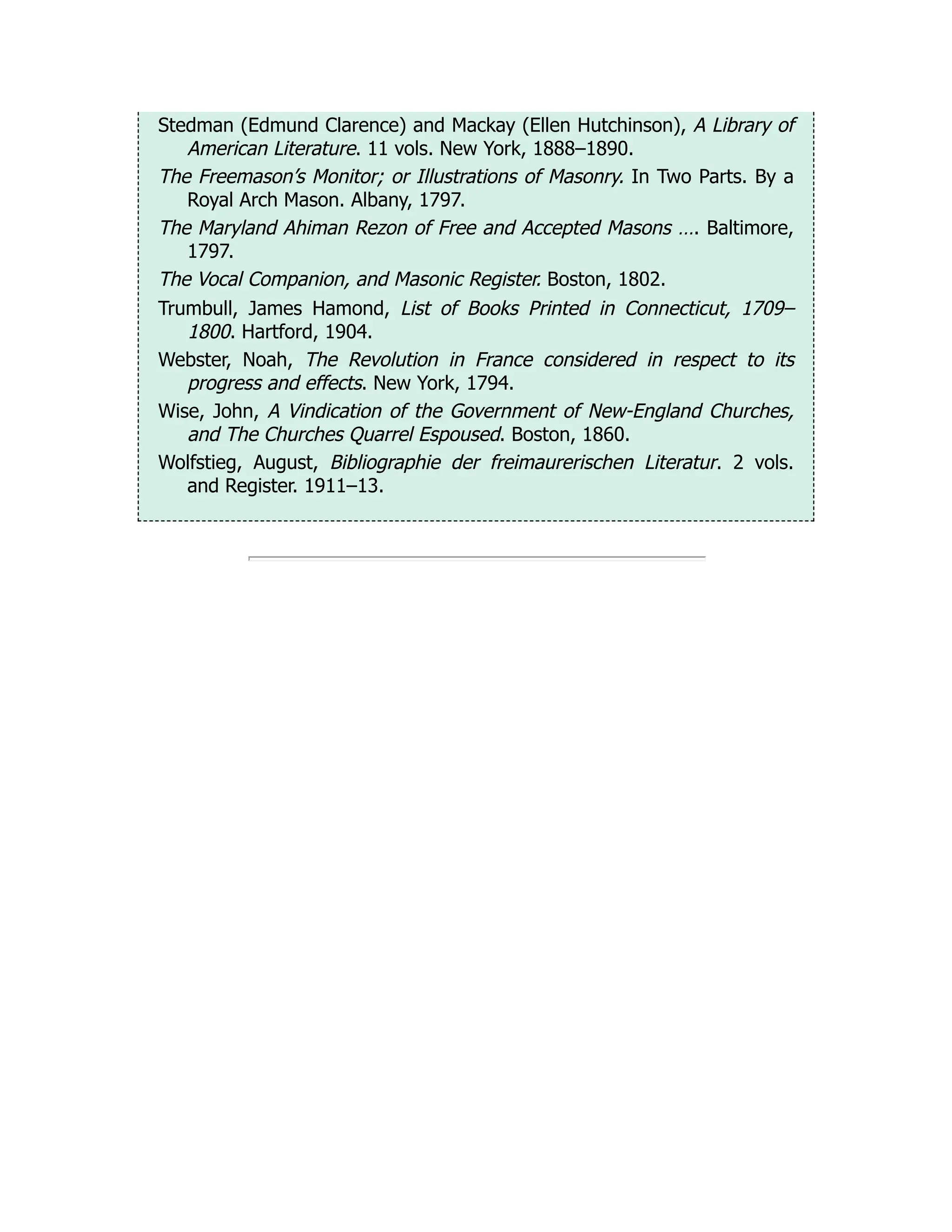
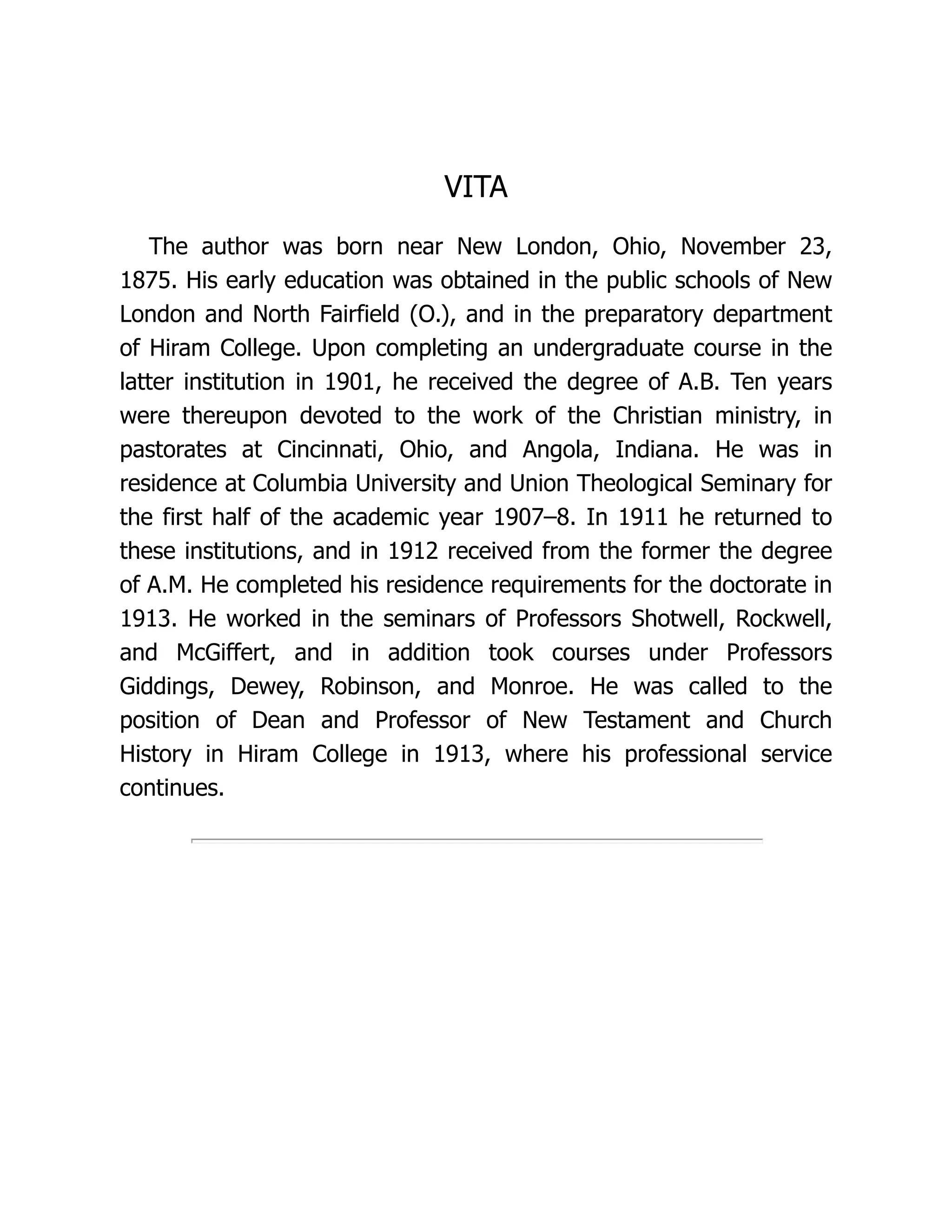

![[1] Reverend Jedediah Morse, born at Woodstock, Connecticut, August 23, 1761, died at New Haven, June 9, 1826, was a man of note. He was the author of the first American geography and gazetteer. His connection with the leading public men of his times, particularly with those of the Federalist party, was both extensive and intimate. His travels and correspondence in the interests of his numerous geographical compositions in part promoted this acquaintance; but his outspoken and unflinching support of the measures of government during the Federalist regime did even more to enhance his influence. Morse was graduated from Yale College in 1783 and settled at Charlestown as minister of the Congregational church in that place in 1789. His wife was Elizabeth Ann Breese, granddaughter of Samuel Finley, president of the College of New Jersey. Quite apart from all other claims to public recognition, the following inscription, to be found to this day on a tablet attached to the front of the house in Charlestown wherein his distinguished son was born, would have rendered the name of Jedediah Morse worthy of regard: “Here was born 27th of April, 1791, Samuel Finley Breese Morse. Inventor of the Electric Telegraph.” W. B. Sprague’s Annals of the American Pulpit, vol. ii, pp. 247–256, contains interesting data concerning Morse’s activities and personality. Sprague also wrote The Life of Jedidiah Morse, D. D., New York, 1874. (Morse’s surname appears in the sources both as “Jedediah” and “Jedidiah”).](https://image.slidesharecdn.com/137270-250318075152-87e228ed/75/Master-Web-Design-with-HTML-CSS-JavaScript-and-jQuery-Create-Stunning-Interactive-Websites-Frahaan-Hussain-57-2048.jpg)
![Sawyer’s Old Charlestown, etc., p. 299, has an engaging account of Morse’s loyalty to the muse of Federalism, and of the painful, though not serious physical consequences, in which in at least one instance this involved him. Cf. also Memorabilia in the Life of Jedediah Morse, D. D., by his son, Sidney E. Morse. A bibliography of thirty-two titles by Morse is appended to the sketch in F. B. Dexter, Biographical Sketches of the Graduates of Yale College, vol. iv, pp. 295– 304. [2] A Sermon, Delivered at the New North Church in Boston, in the morning, and in the afternoon at Charlestown, May 9th, 1798, being the day recommended by John Adams, President of the United States of America, for solemn humiliation, fasting and prayer. By Jedidiah Morse, D. D., Minister of the Congregational Church in Charlestown, Boston, 1798, p. 25. [3] Robison, Proofs of a Conspiracy against all the Religions and Governments of Europe, carried on in the Secret Meetings of the Free Masons, Illuminati, and Reading Societies, Edinburgh, 1797. [4] An early and yet typical example of this unfavorable view of the moral and religious life of the people after the first generation of the Puritans was gone, may be found in The Result of 1679,—a document prepared by the Synod in response to directions from the Massachusetts General Court, calling for answers to the following questions: “What are the euills that haue provoked the Lord to bring his judgments on New England? What is to be donn that so](https://image.slidesharecdn.com/137270-250318075152-87e228ed/75/Master-Web-Design-with-HTML-CSS-JavaScript-and-jQuery-Create-Stunning-Interactive-Websites-Frahaan-Hussain-58-2048.jpg)
![those euills may be reformed?”. The following brief excerpt from The Result supplies the point of View: “Our Fathers neither sought for, nor thought of great things for themselves, but did seek first the kingdom of God, and his righteousness, and all these things were added to them. They came not into the wilderness to see a man cloathed in soft raiment. But that we have in too many respects, been forgetting the Errand upon which the Lord sent us hither; all the world is witness: And therefore we may not wonder that God hath changed the tenour of his Dispensations towards us, turning to doe us hurt, and consuming us after that he hath done us good. If we had continued to be as once we were, the Lord would have continued to doe for us, as once he did.” The entire document, together with much valuable explanatory comment, may be found in Walker, Creeds and Platforms of Congregationalism, pp. 421–437. Backus, History of New England, vol i, pp. 457–461, contains a group of similar laments. [5] Snow, A History of Boston, p. 333. [6] Weeden, Economic and Social History of New England, vol. ii, p. 696. [7] Acts and Resolves, Public and Private, of the Province of Massachusetts Bay, vol. iii, pp. 500 et seq. The Preamble of this Act is highly interesting: “For preventing and avoiding the many and great mischiefs which arise from publick stage-plays, interludes and other theatrical entertainments, which not only occasion great and unnecessary expenses, and discourage industry and frugality, but likewise tend](https://image.slidesharecdn.com/137270-250318075152-87e228ed/75/Master-Web-Design-with-HTML-CSS-JavaScript-and-jQuery-Create-Stunning-Interactive-Websites-Frahaan-Hussain-59-2048.jpg)
![generally to increase immorality, impiety and a contempt for religion,—Be it enacted”, etc. [8] Seilhamer, History of the American Theatre, vol. ii, pp. 51 et seq.; Winsor, The Memorial History of Boston, vol. iv, ch. v: “The Drama in Boston,” by William W. Clapp, pp. 358 et seq. [9] Seilhamer, op. cit., vol. iii, p. 13; Dunlap, History of the American Theatre, vol. i, p. 244; Snow, History of Boston, pp. 333 et seq. [10] Acts and Laws of the Commonwealth of Massachusetts, 1792–3, pp. 686 et seq. [11] The public discussion and legislative phase of the situation, together with the disorders occasioned by the determination of the supporters of the theatre to serve their enterprise at any cost, are well covered by Clapp in the chapter already cited in Winsor’s Memorial History of Boston. Cf. also Seilhamer, vol. iii, pp. 14 et seq.; Dunlap, vol. i, pp. 242 et seq.; Willard, Memories of Youth and Manhood, vol. i, pp. 324, 325; Bentley, Diary, vol. i. pp 340, 379, 380, 414, 415, 418, etc. [12] The Speech of John Gardiner, Esquire, Delivered in the House of Representatives. On Thursday, the 26th of January, 1792, Boston, 1792, p. 18. Another publication of the same year, The Rights of the Drama: or, An Inquiry into the Origin, Principles, and Consequences of Theatrical Entertainments. By Philo Dramatis (pseud.), discussed the subject in different vein, but with the same object in view. In the final chapter](https://image.slidesharecdn.com/137270-250318075152-87e228ed/75/Master-Web-Design-with-HTML-CSS-JavaScript-and-jQuery-Create-Stunning-Interactive-Websites-Frahaan-Hussain-60-2048.jpg)
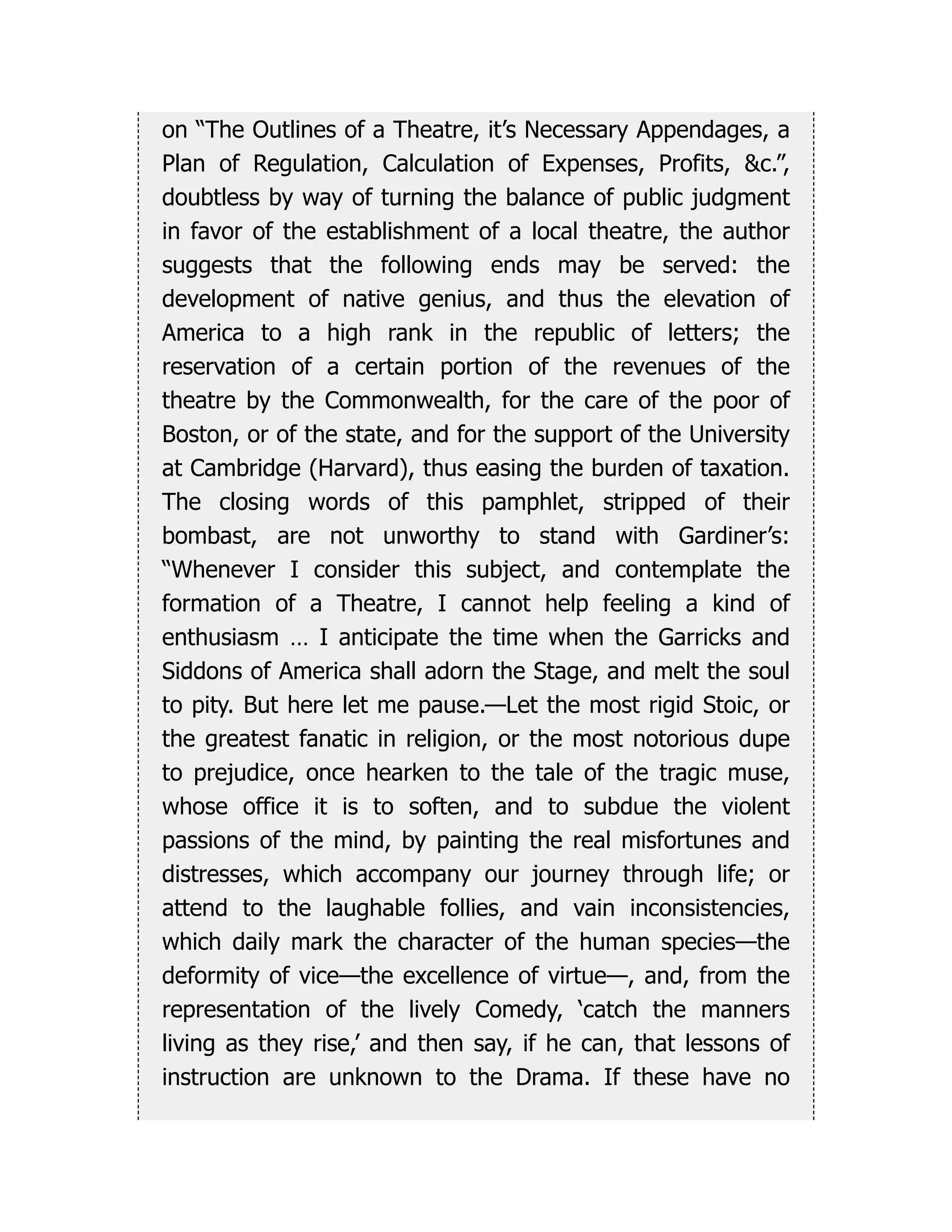
![effect, let him listen, with mute attention, to the occasional symphonies, which burst from a thousand strings, and accompany, and give life and animation to the Comic scene —and then, if sunk below the brute creation, let him be fortified against the impressions of sensibility. The stoicism of man must surpass our comprehension, if the dramatic scene can be contemplated without emotion; more especially when the representation of life and manners is intended to correct and to enlarge the heart….” [13] Cf. (Boston) Independent Chronicle and Universal Advertiser, Thursday, March 28, 1793. [14] Pseud.: Effects of the Stage on the Manners of a People: and the Propriety of Encouraging and Establishing a Virtuous Theatre. By a Bostonian, Boston, 1792. The author is insipid enough; none the less the pamphlet is by no means void of a certain practical-mindedness and good sense as the author argues for the frank acceptance of the theatre as an institution in the city’s life. The following constitute his chief contentions: The theatre, in some form or other, is bound to come, because of the fact that the people generally are interested in the subject of amusement; the tastes and appetites of the people already give painful evidence of serious debasement and corruption; the acceptance of a “Virtuous Theatre” is the only possible expedient if the people are to be saved from worse debauchment. The view taken by the Reverend William Bentley, Salem’s well-known minister, was less specious, though tinged with a](https://image.slidesharecdn.com/137270-250318075152-87e228ed/75/Master-Web-Design-with-HTML-CSS-JavaScript-and-jQuery-Create-Stunning-Interactive-Websites-Frahaan-Hussain-62-2048.jpg)
![mildly pessimistic view of popular tastes. Under date of July 31, 1792, he wrote: “So much talk has been in the Country about Theatrical entertainments that they have become the pride even of the smallest children in our schools. The fact puts in mind of the effect from the Rope flyers, who visited N. England, after whose feats the children of seven were sliding down the fences & wounding themselves in every quarter.” Diary, vol. i, p. 384. Later, he wrote: “The Theatre opened for the first time [in Salem] is now the subject. The enlightened who have not determined upon its utter abolition have yet generally agreed that it is too early introduced into our country.” Ibid., vol. ii, p. 81. Cf. ibid., pp. 258, et seq., 299, 322. It is clear that Bentley was apprehensive. [15] Weeden, Economic and Social History of New England, vol. i, pp. 188, 195; Bishop, History of American Manufactures, vol. i, pp. 245 et seq. [16] Ibid., p. 250; vol. ii, pp. 501, 502. See also Clark, History of Manufactures in the United States, p. 480. [17] Ibid. Bishop notes the fact that in 1721 a small village of forty houses, near Boston, made 3000 barrels of cider. [18] Ibid., p. 269; Weeden, op. cit., vol. i, pp. 144, 148 et seq. [19] The impression that this decline toward a general state of drunkenness set in early will appear from the following excerpt taken from the Synod’s report on “The Necessity of Reformation”, presented to the General Court of](https://image.slidesharecdn.com/137270-250318075152-87e228ed/75/Master-Web-Design-with-HTML-CSS-JavaScript-and-jQuery-Create-Stunning-Interactive-Websites-Frahaan-Hussain-63-2048.jpg)
![Massachusetts in 1679: “VIII. There is much Intemperance. The heathenish and Idolatrous practice of Health-drinking is become too general a Provocation. Dayes of Training, and other publick Solemnityes, have been abused in this respect: and not only English but Indians have been debauched, by those that call themselves Christians, who have put their bottles to them, and made them drunk also. This is a crying Sin, and the more aggravated in that the first Planters of this Colony did (as in the Patent expressed) come into this Land with a design to Convert the Heathen unto Christ…. There are more Temptations and occasions unto That Sin, publickly allowed of, than any necessity doth require; the proper end of Taverns, &c. being to that end only, a far less number would suffice: But it is a common practice for Town dwellers, yea and Church-members, to frequent publick Houses, and there to misspend precious Time, unto the dishonour of the Gospel, and the scandalizing of others, who are by such examples induced to sin against God.” Cf. Walker, Creeds and Platforms of Congregationalism, p. 430. [20] Hatch, The Administration of the American Revolutionary Army, pp. 89 et seq. The supplies of beer, cider, and rum furnished the armies were not always held to be adequate. After the battle of Brandywine, Congress ordered thirty hogsheads of rum distributed among the soldiers as a tribute to their gallant conduct in that battle. Cf. One Hundred Years of Temperance, New York, 1886, article by Daniel Dorchester on “The Inception of the Temperance Reformation”, p. 113, for comments on the](https://image.slidesharecdn.com/137270-250318075152-87e228ed/75/Master-Web-Design-with-HTML-CSS-JavaScript-and-jQuery-Create-Stunning-Interactive-Websites-Frahaan-Hussain-64-2048.jpg)
![effects of the return of drunken soldiers to the ranks of citizenship. [21] Weeden, op. cit., vol. ii, p. 883, supplies the following concerning the character of the coasting and river trade, which the exigencies of the war greatly stimulated: “A cargo from Boston to Great Barrington and Williamstown contained 11 hdds. and 6 tierces of rum, 3 bbls. of wine, 2 do. of brandy, 1/2 bale of cotton, and 1 small cask of indigo. The proportion of ‘wet goods’ to the small quantity of cotton and indigo is significant, and indicates the prevailing appetites”. [22] In 1783 Massachusetts had no fewer than sixty-three distilleries. In 1783 this state distilled 1,475,509 gallons of spirits from foreign, and 11,490 gallons from domestic materials. From 1790 to 1800 in the United States, 23,148,404 gallons of spirits were distilled from molasses; of this 6,322,640 gallons were exported, leaving a quantity for home consumption so large as to supply its own comment. Low grain prices, together with the difficulty of gaining access to the molasses markets, hastened a transition to grain distilling near the end of the eighteenth century, with the result that in 1810 Mr. Gallatin, Secretary of the Treasury, reported not less than 9,000,000 gallons of spirits as having been distilled from grain and fruit in 1801. Bishop, History of American Manufactures, vol. ii, pp. 30, 65, 83, 152; Clark, History of Manufactures in the United States, p. 230. [23] Collections of the Massachusetts Historical Society, 6th ser., vol. iv, Belknap Papers, pt. iii, p. 440.](https://image.slidesharecdn.com/137270-250318075152-87e228ed/75/Master-Web-Design-with-HTML-CSS-JavaScript-and-jQuery-Create-Stunning-Interactive-Websites-Frahaan-Hussain-65-2048.jpg)
![[24] Ibid., p. 508. [25] Diary of William Bentley, vol. ii, p. 92: May 31, 1794: “The observation of holydays at Election is an abuse in this part of the Country. Not only at our return yesterday, did we observe crowds around the new Tavern at the entrance of the Town, but even at this day, we saw at Perkins’ on the neck, persons of all descriptions, dancing to a fiddle, drinking, playing with pennies, &c. It is proper such excesses should be checked.” Cf. also ibid., pp. 58, 363, 410, 444 et seq. Cf. also Earle, Alice Morse, Stage-coach and Tavern Days, New York, 1900. [26] Collections of the Massachusetts Historical Society, 6th Series, vol. iv, Belknap Papers, pt. iii, p. 456. Jeremiah Libbey writes of the situation at Portsmouth, [N. H.?]: “The common allowance of rum to labourers here is half a pint per day, which has been the rule or custom as long as I can remember. There are several persons in this town that are endeavouring to abolish the custom by giving them more wages in lieu of the allowance, as it is call’d; but the custom is so rooted that it is very difficult to break it. The attachment is so great, that in general if you were to offer double the price of the allowance in money it would not be satisfactory to the labourers, and altho’ that is the case & it is the ruin of them and familys in many instances … untill a substitute of beer or some other drink is introduced in general, it will be difficult to get over it”. [27] Diary of William Bentley, vol. i, pp. 167, 175, 217, 218, 244, 247, 248, 255, 256, 281 et seq.](https://image.slidesharecdn.com/137270-250318075152-87e228ed/75/Master-Web-Design-with-HTML-CSS-JavaScript-and-jQuery-Create-Stunning-Interactive-Websites-Frahaan-Hussain-66-2048.jpg)